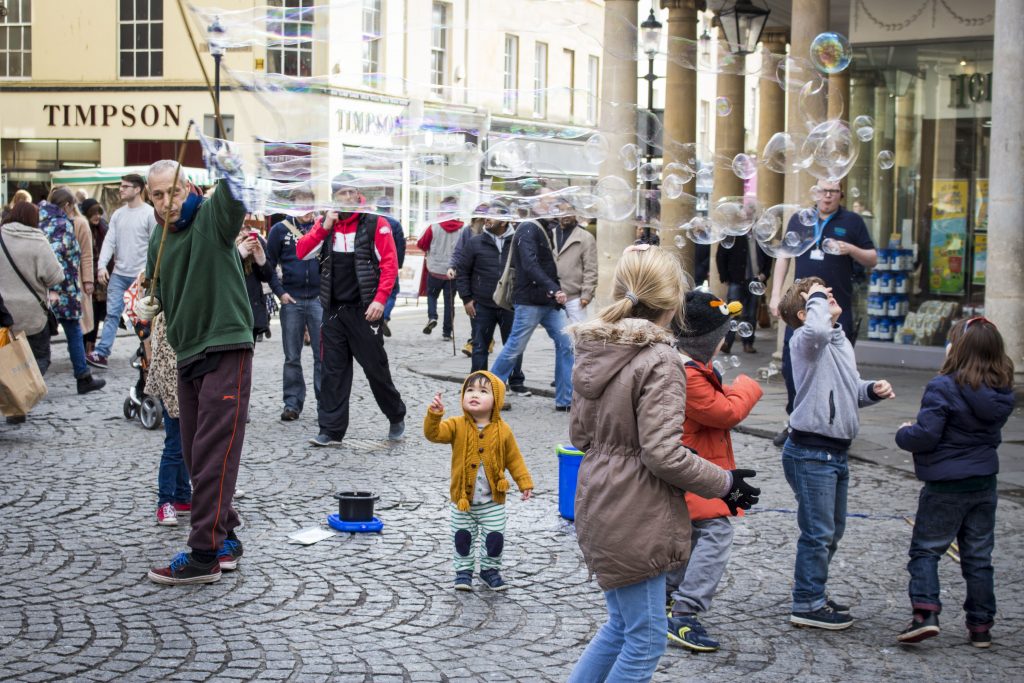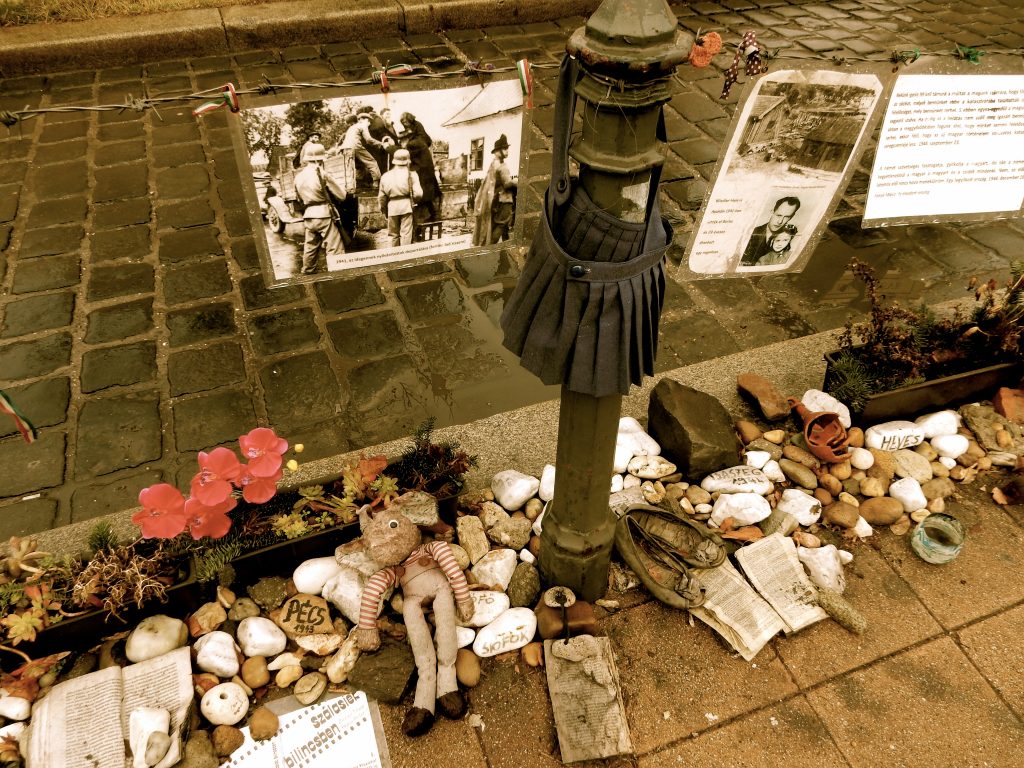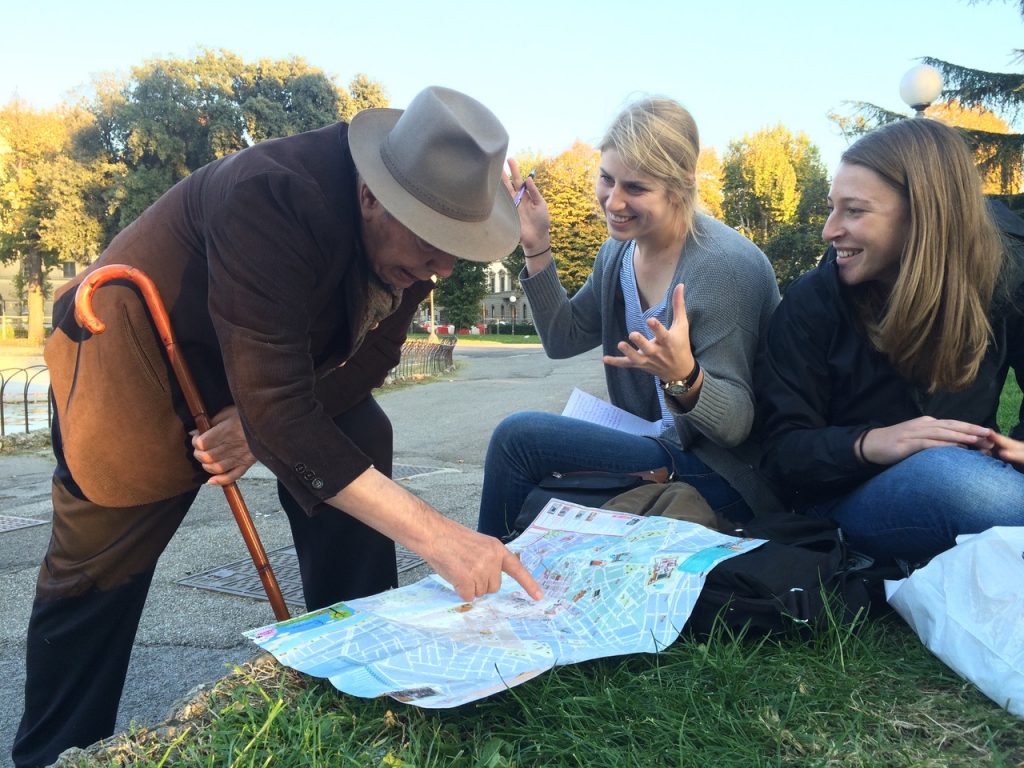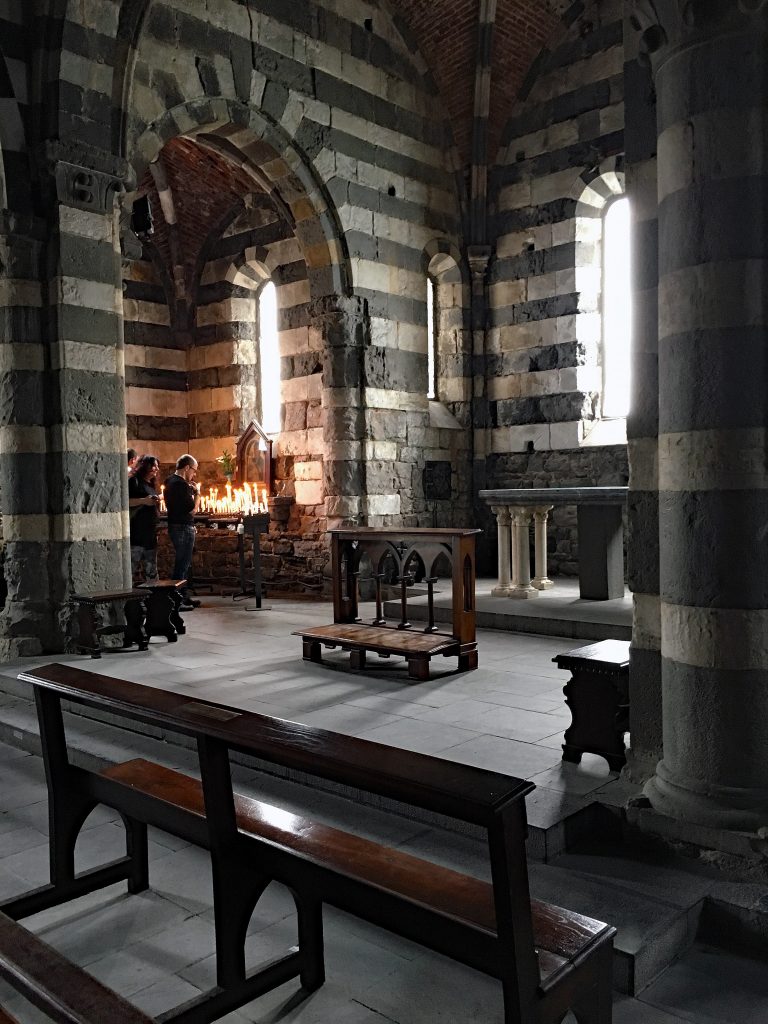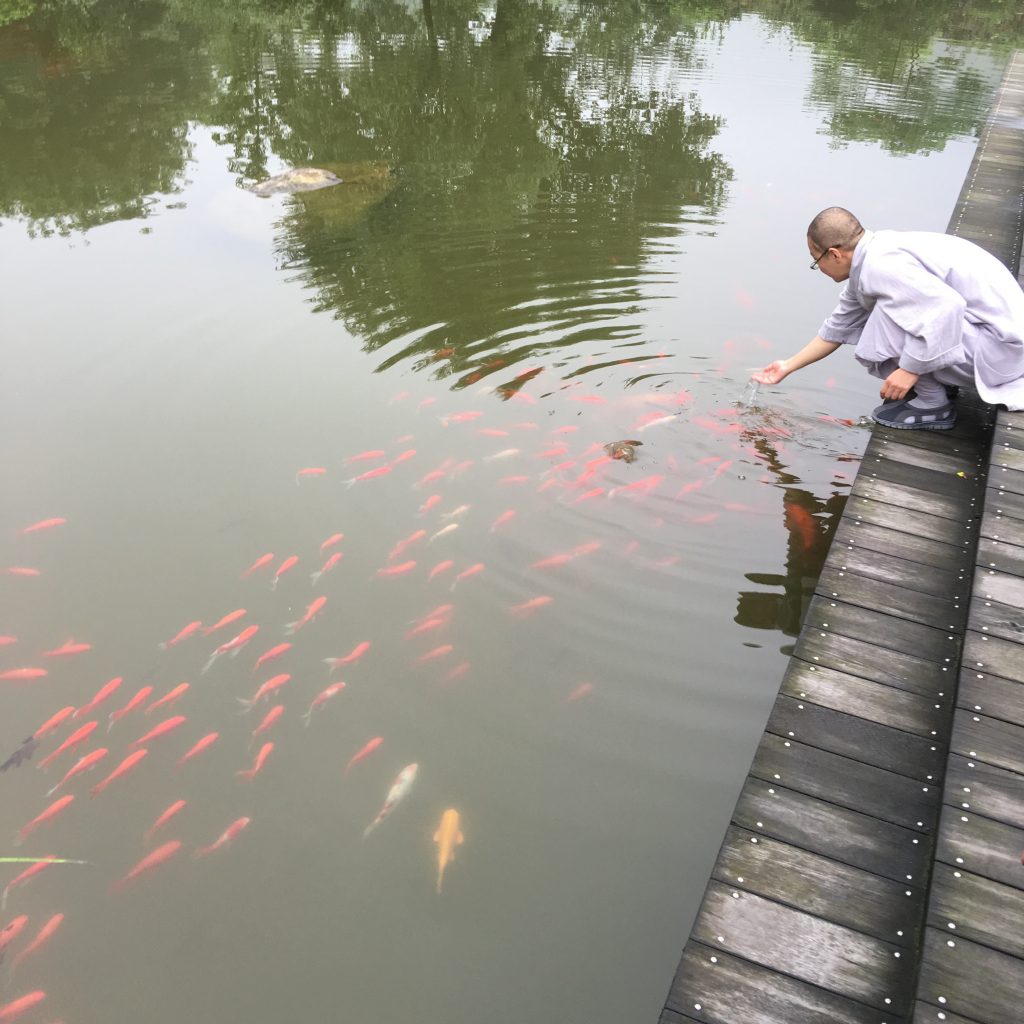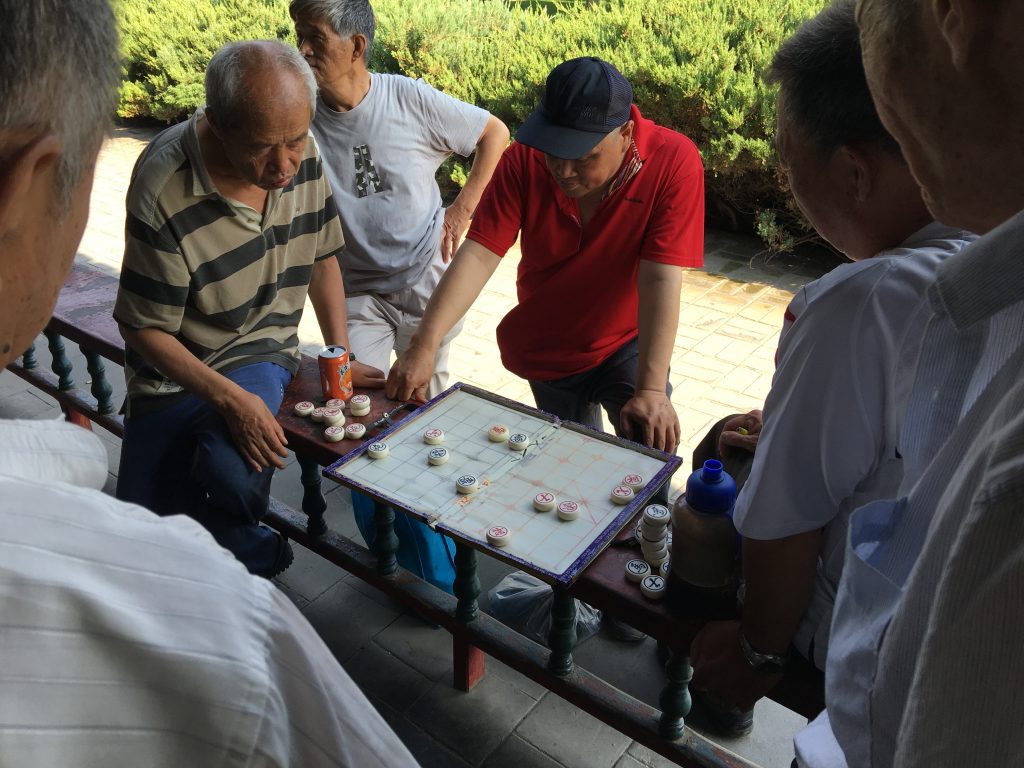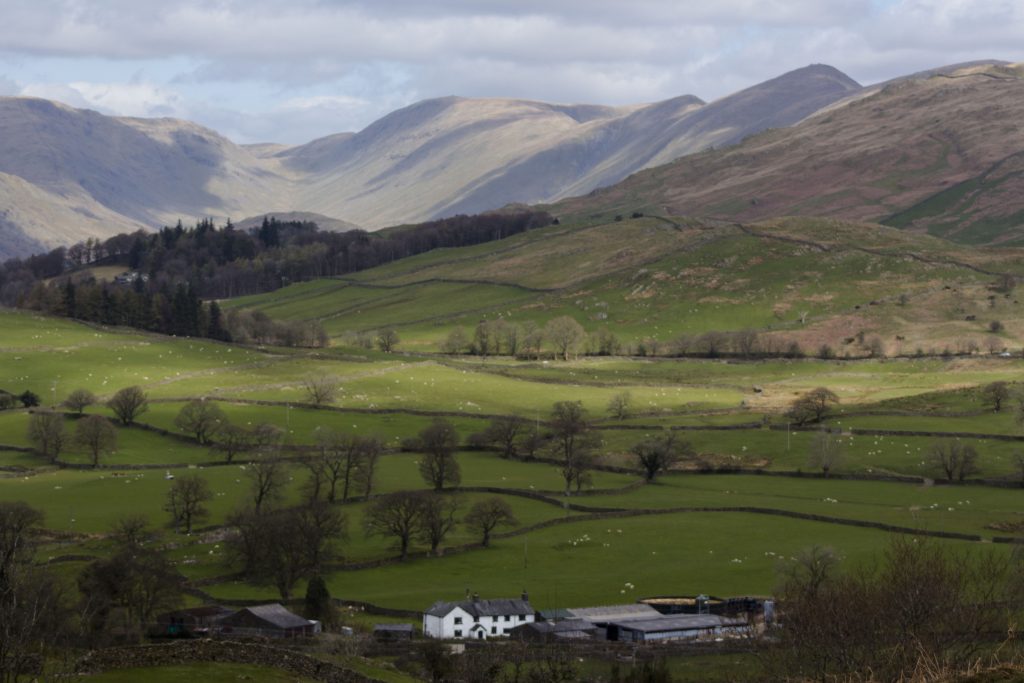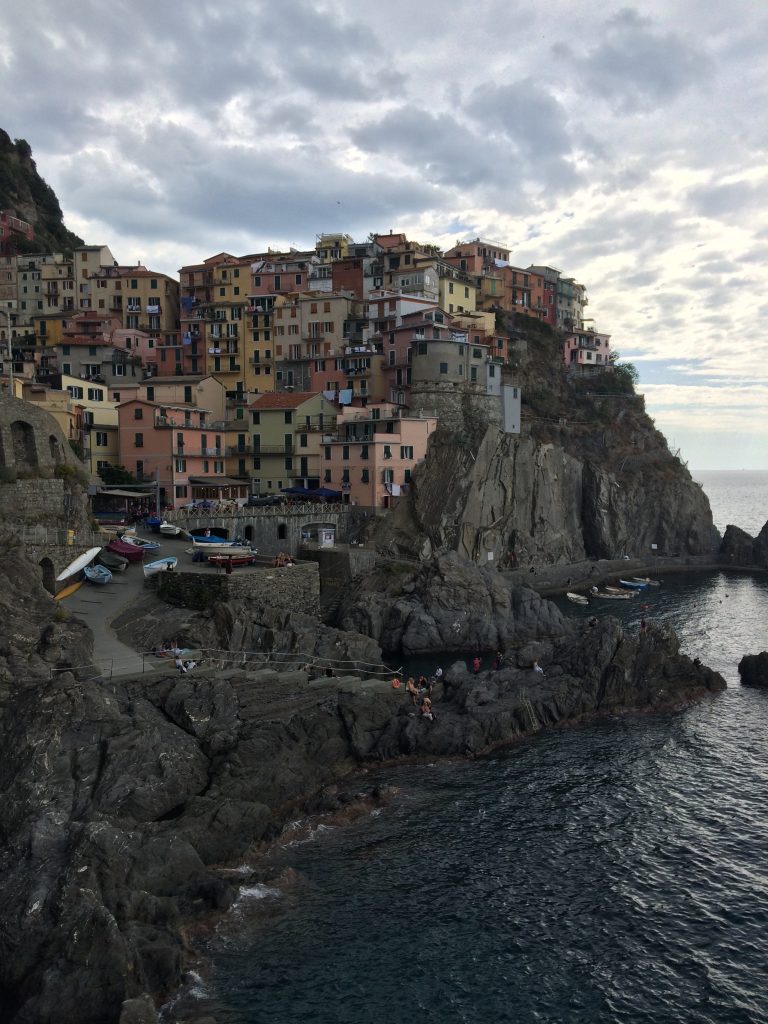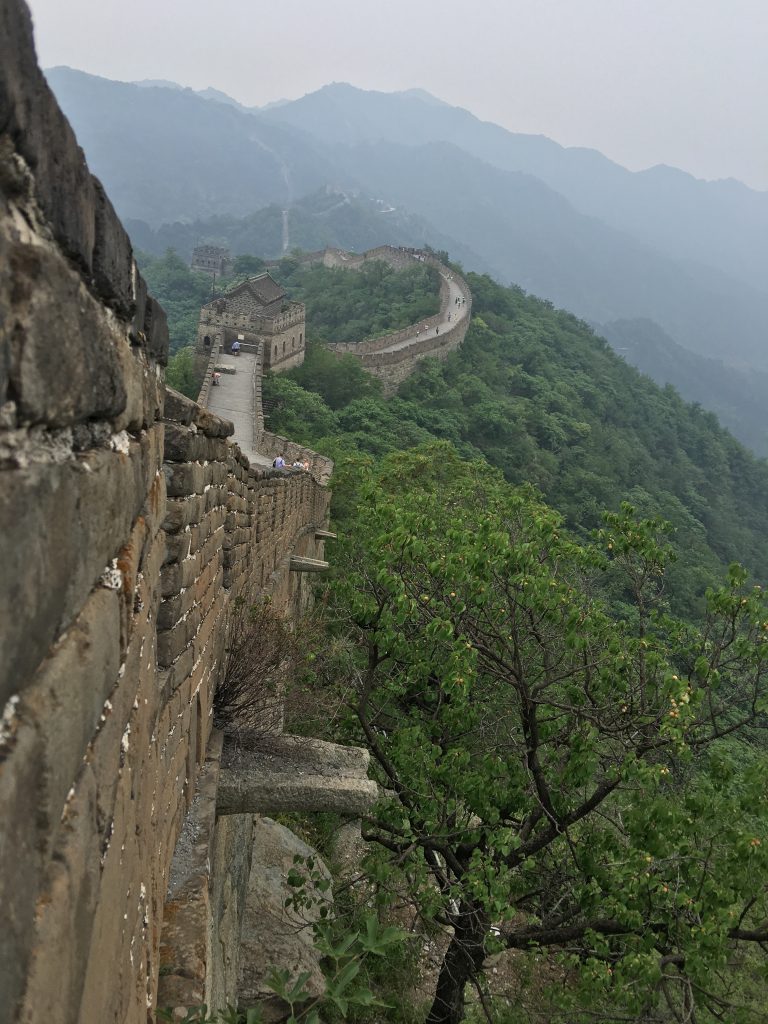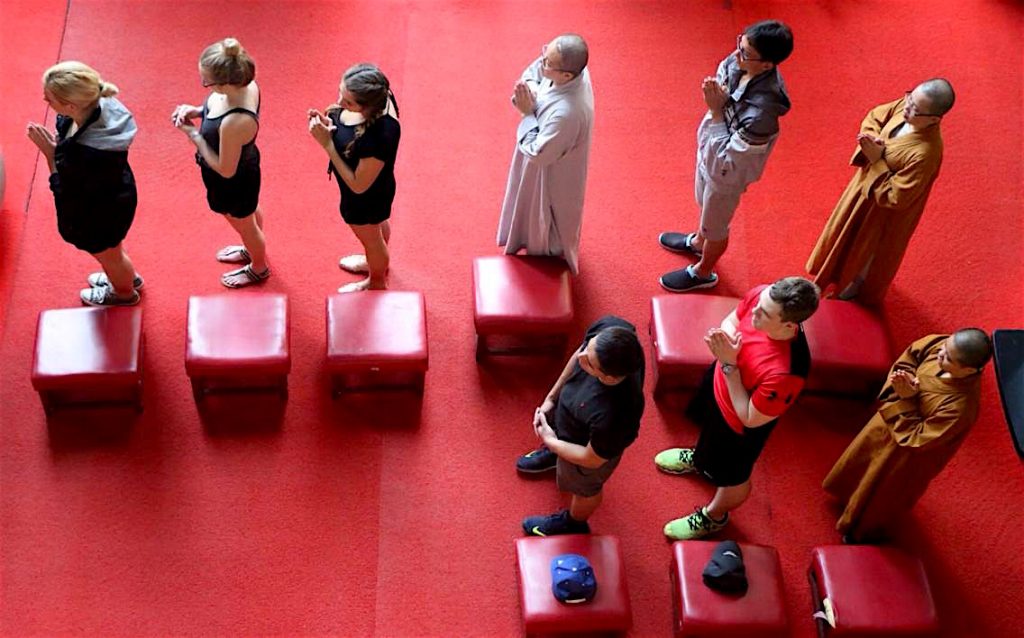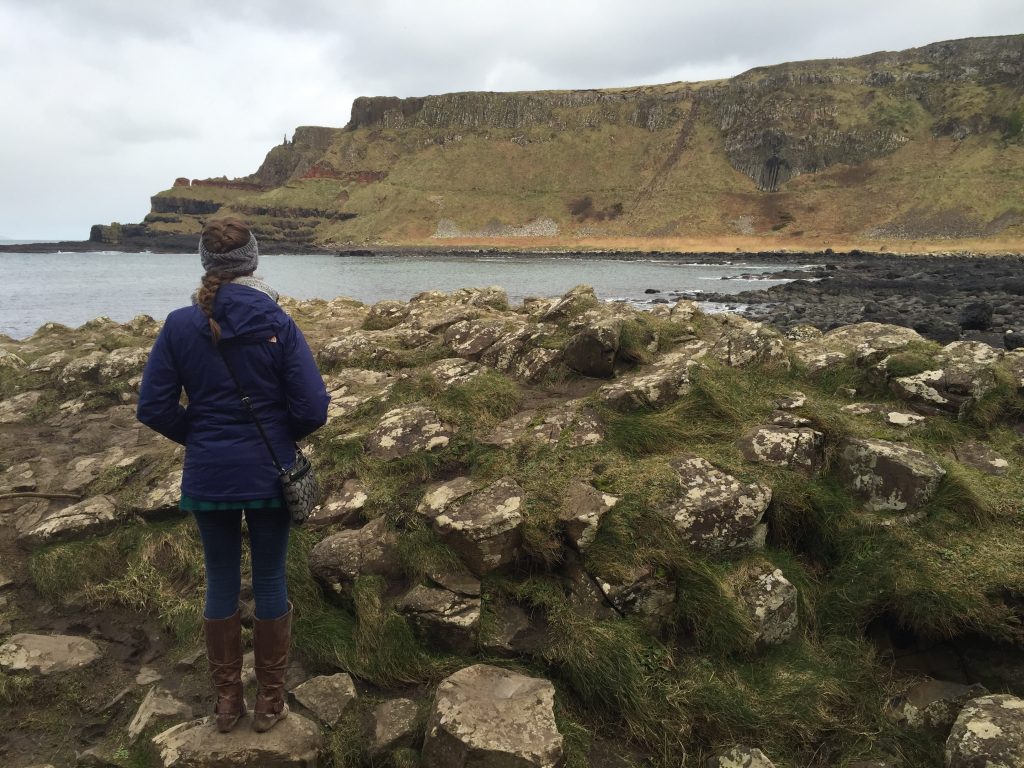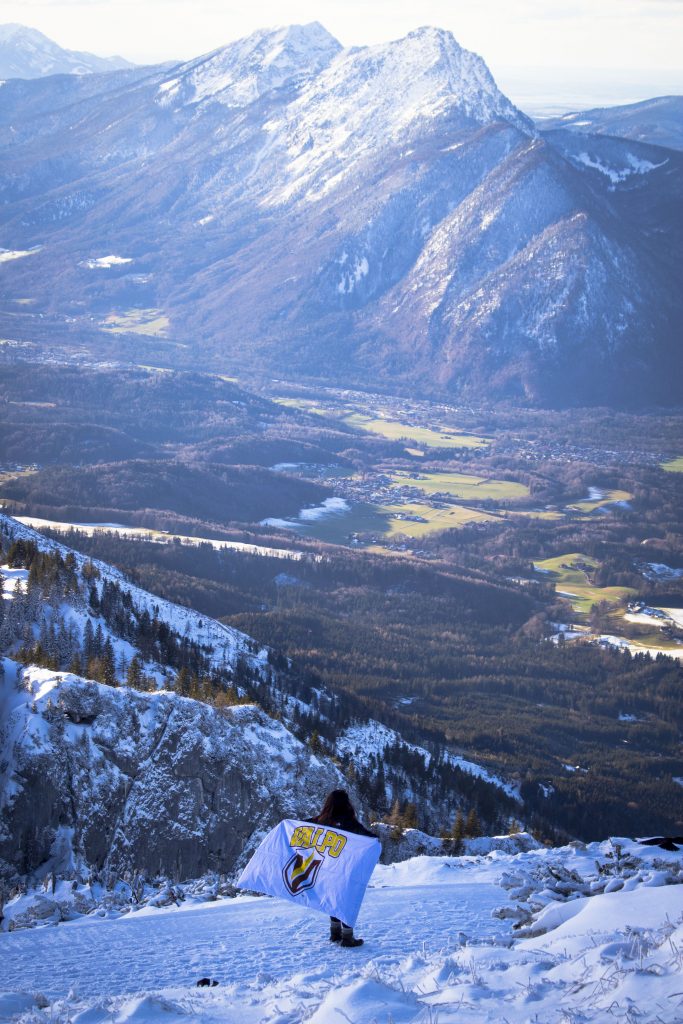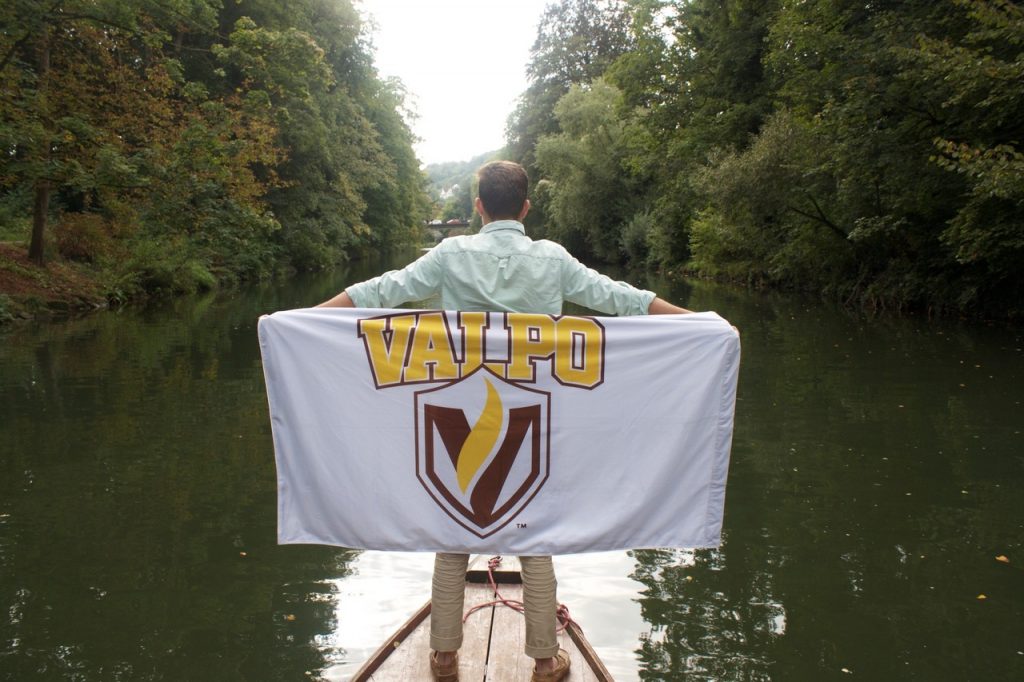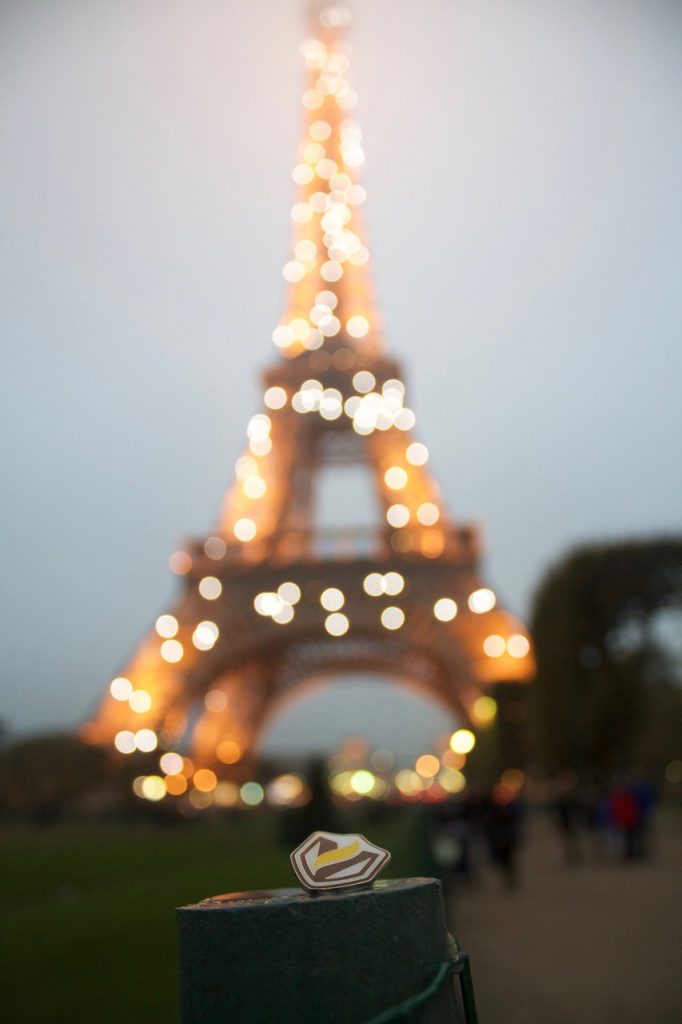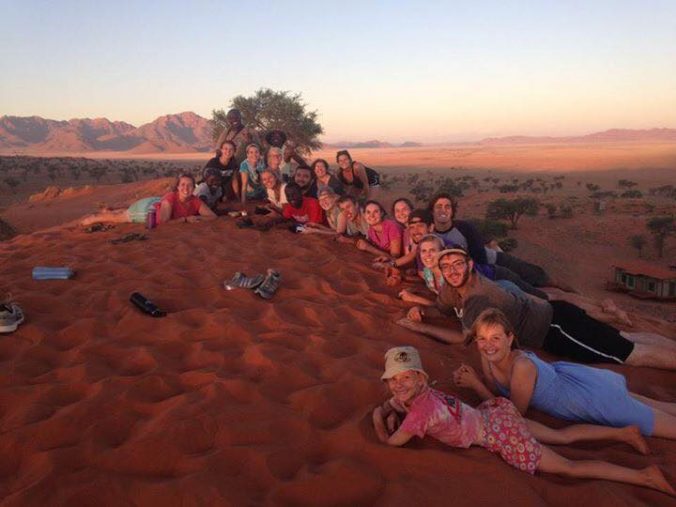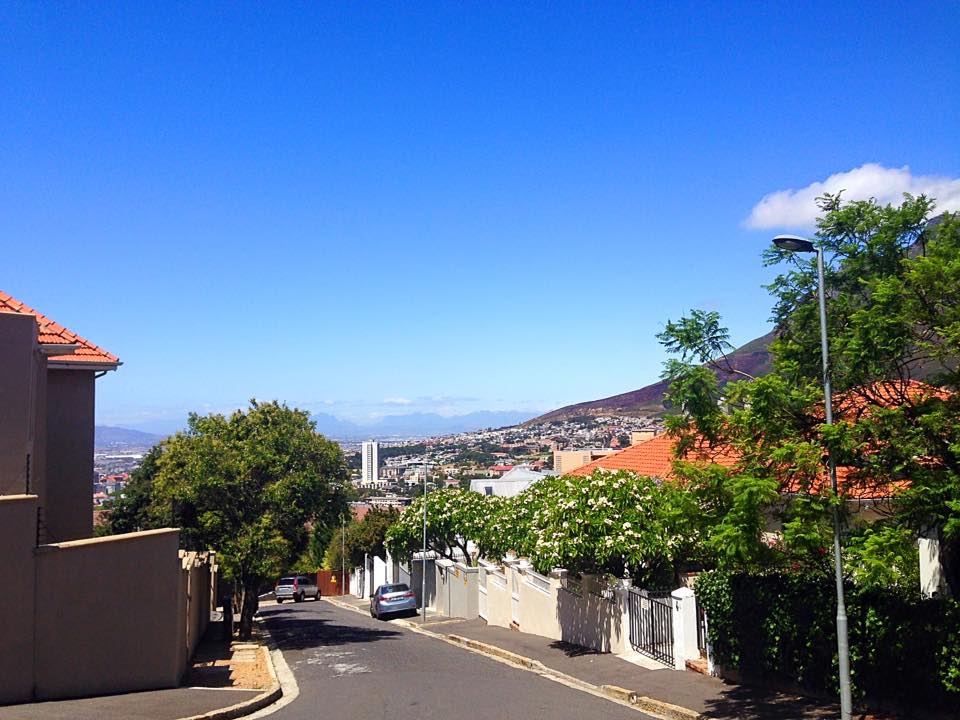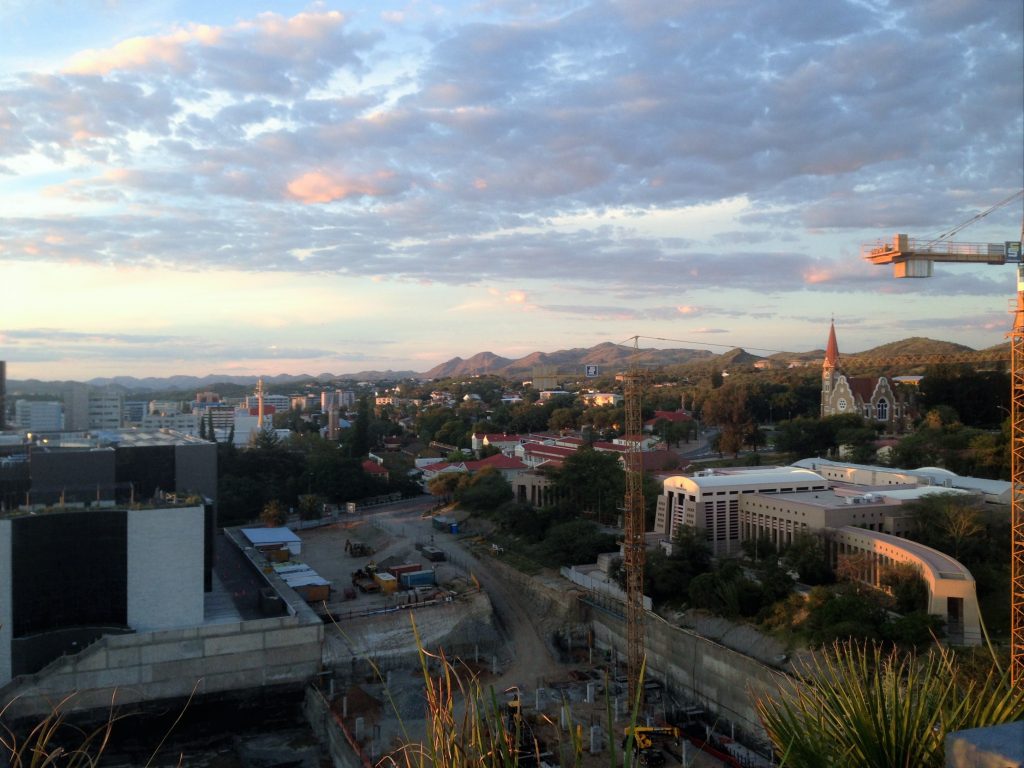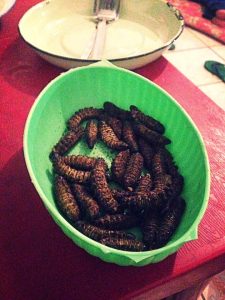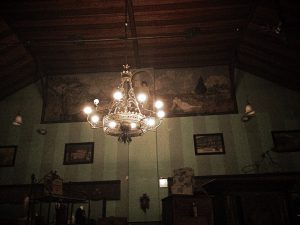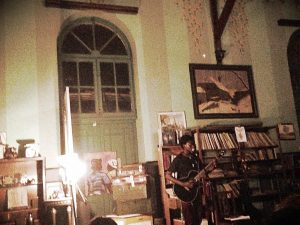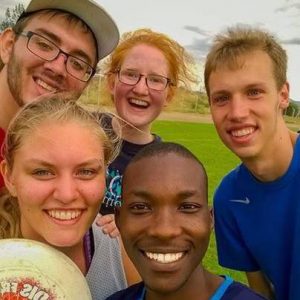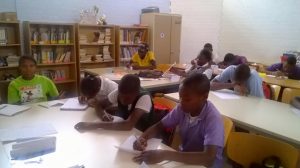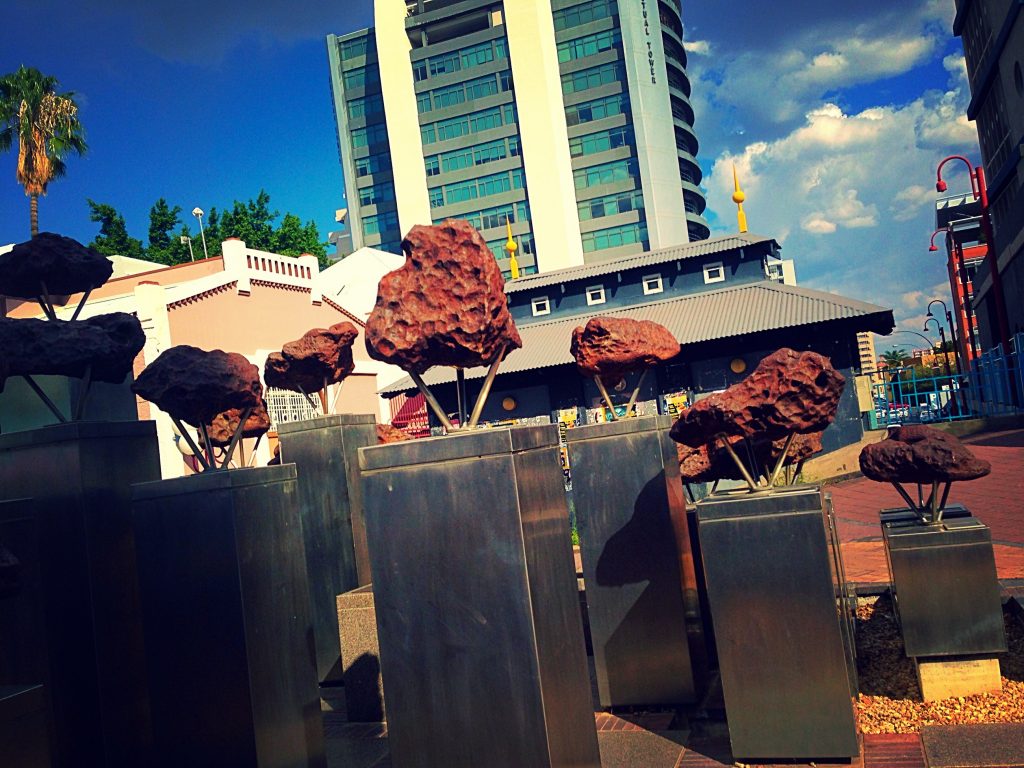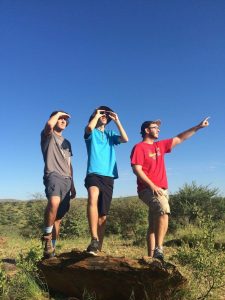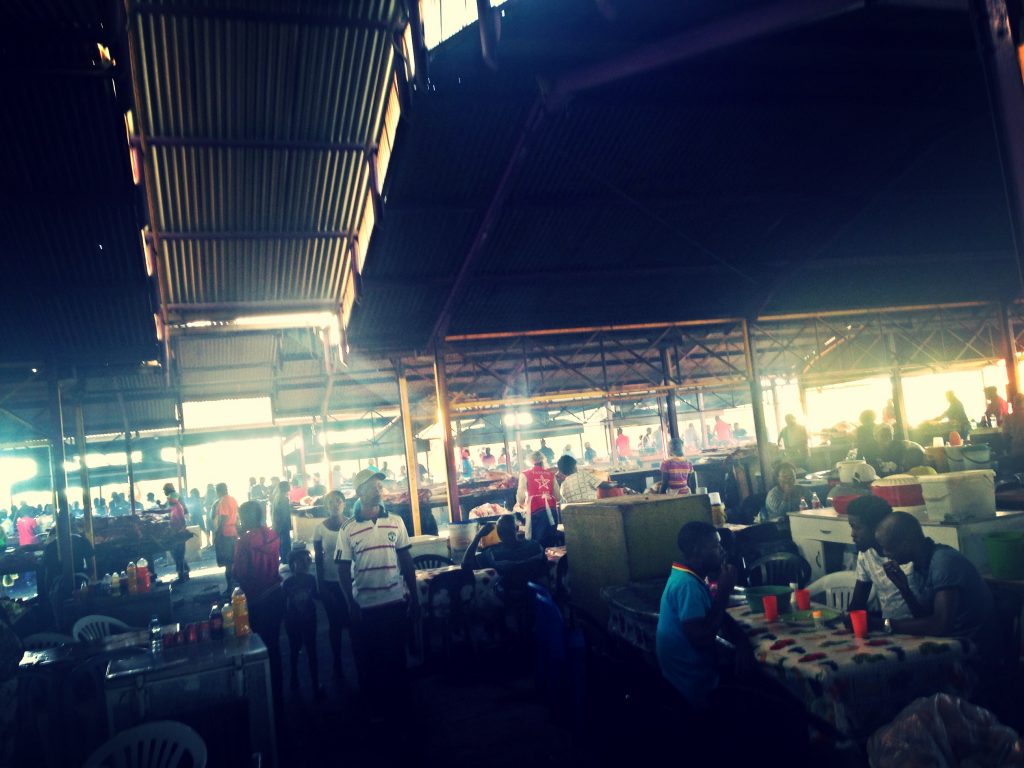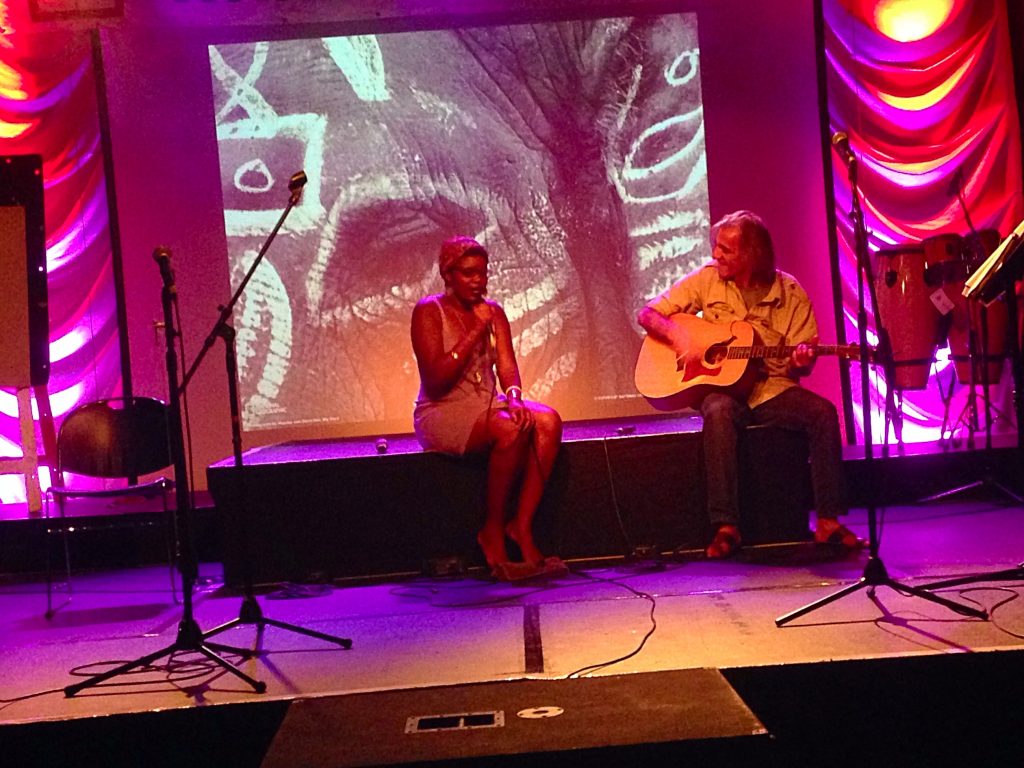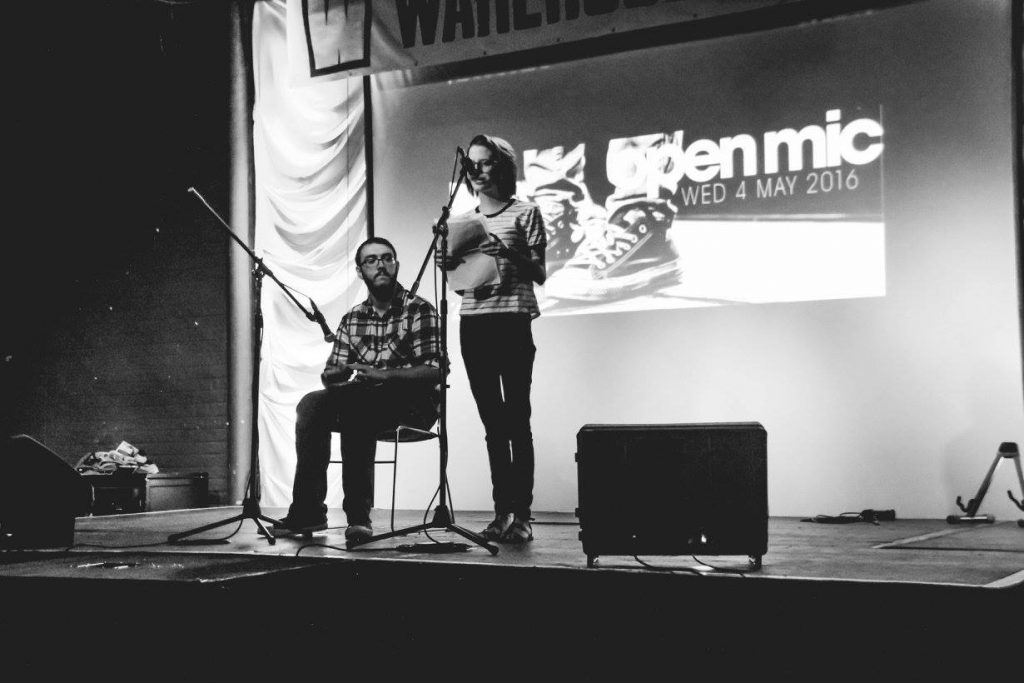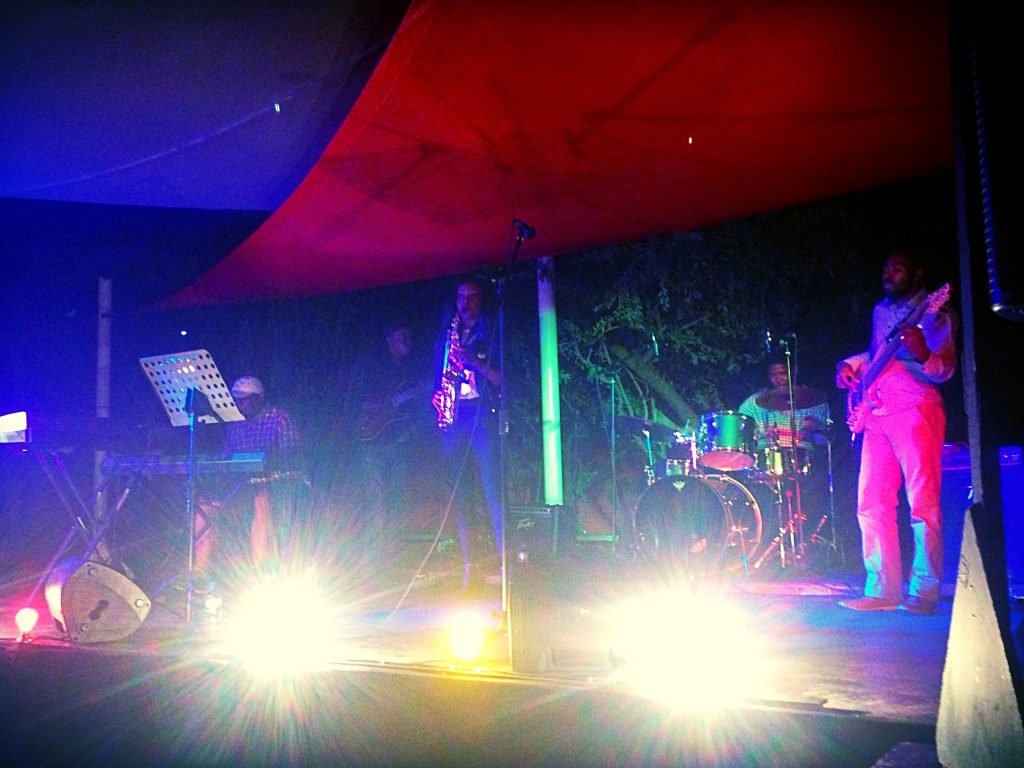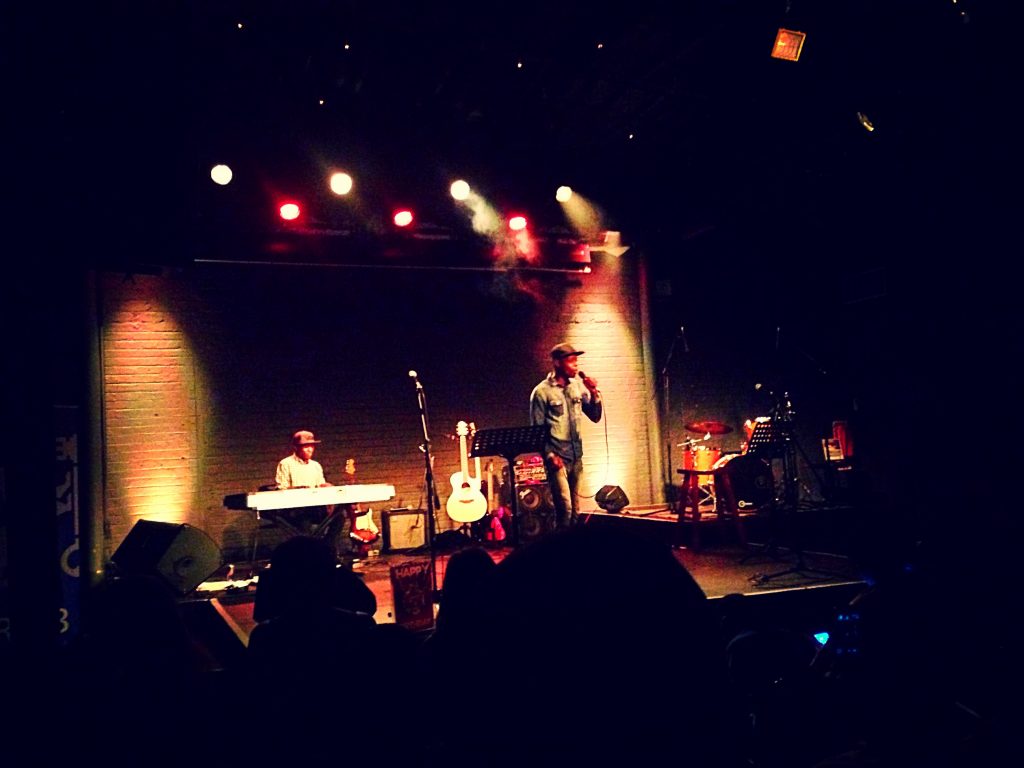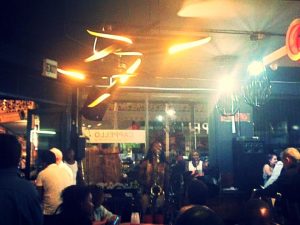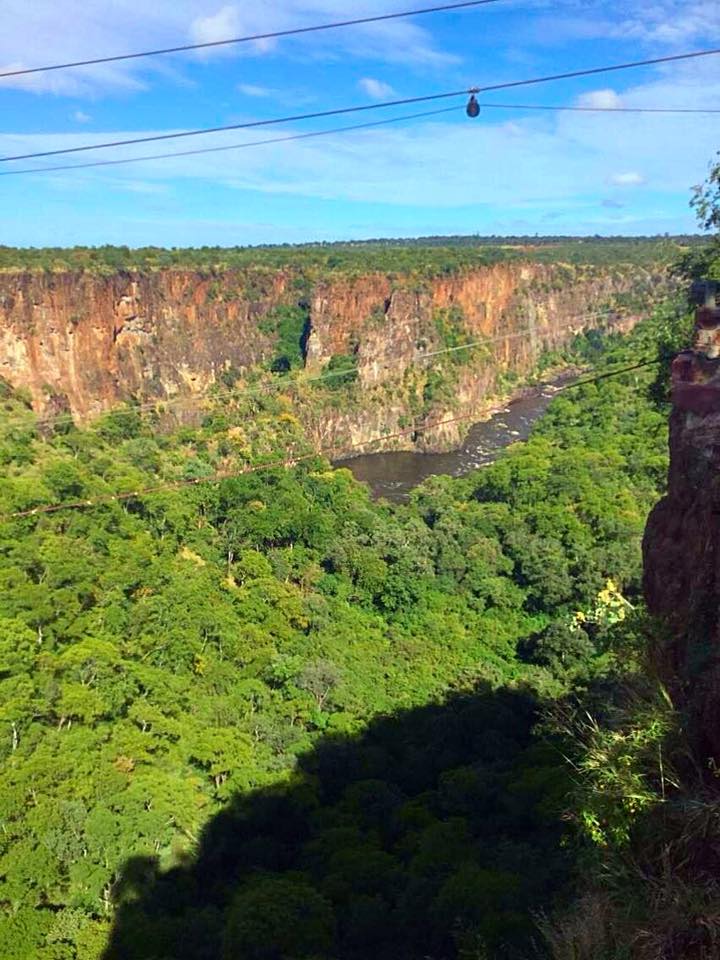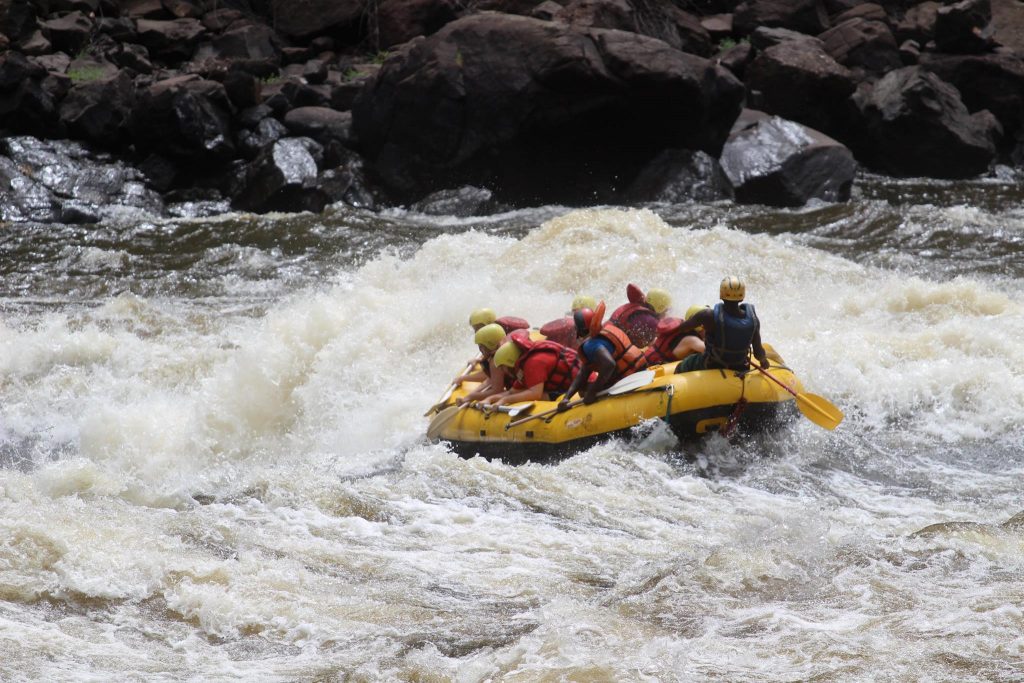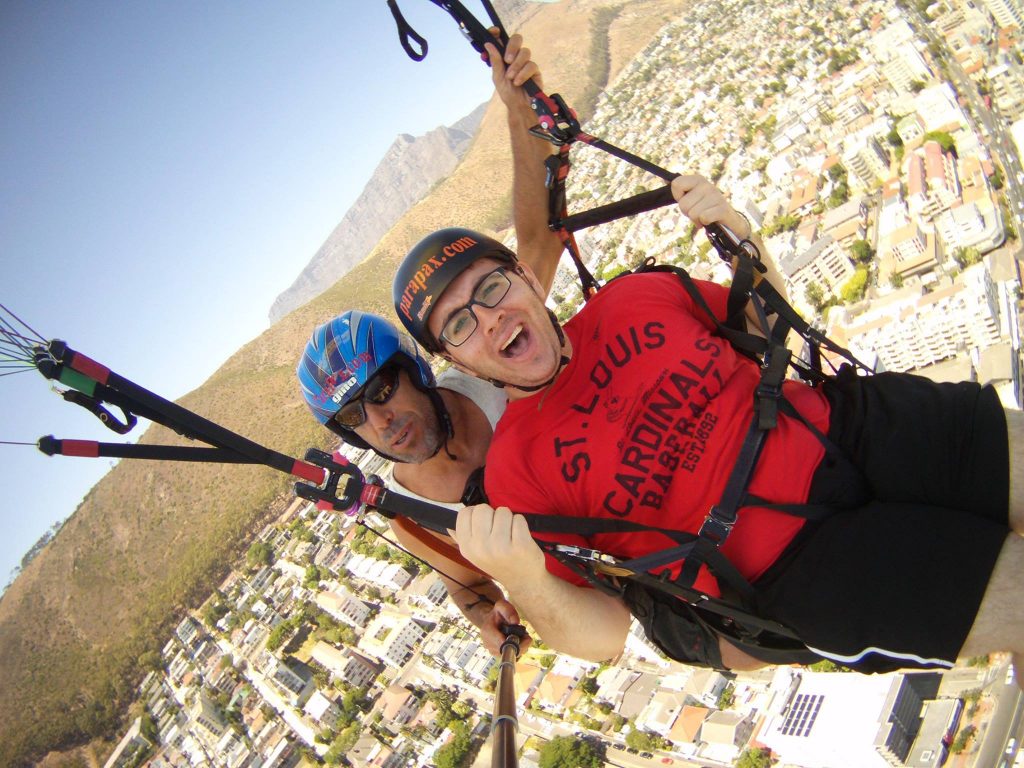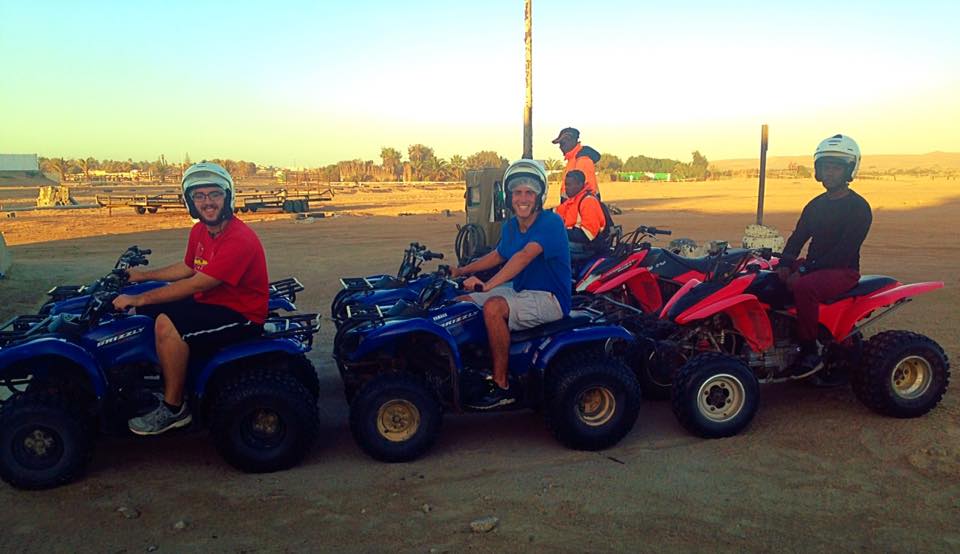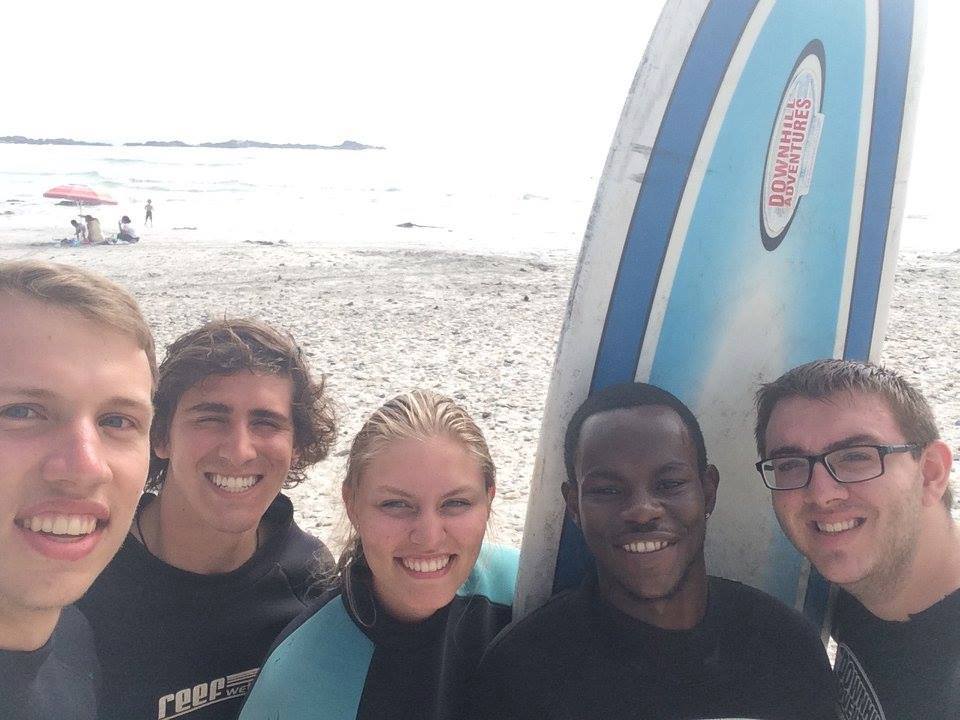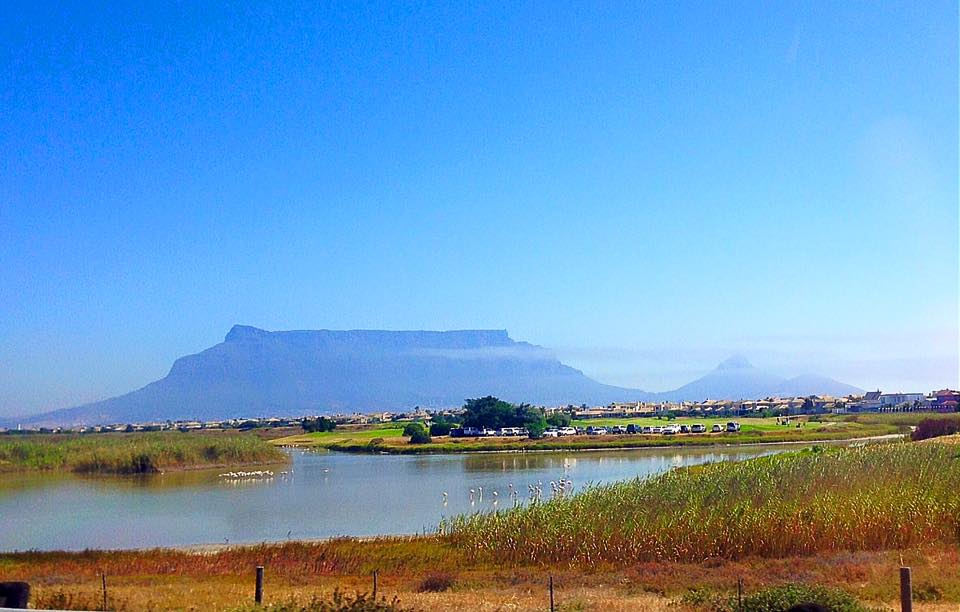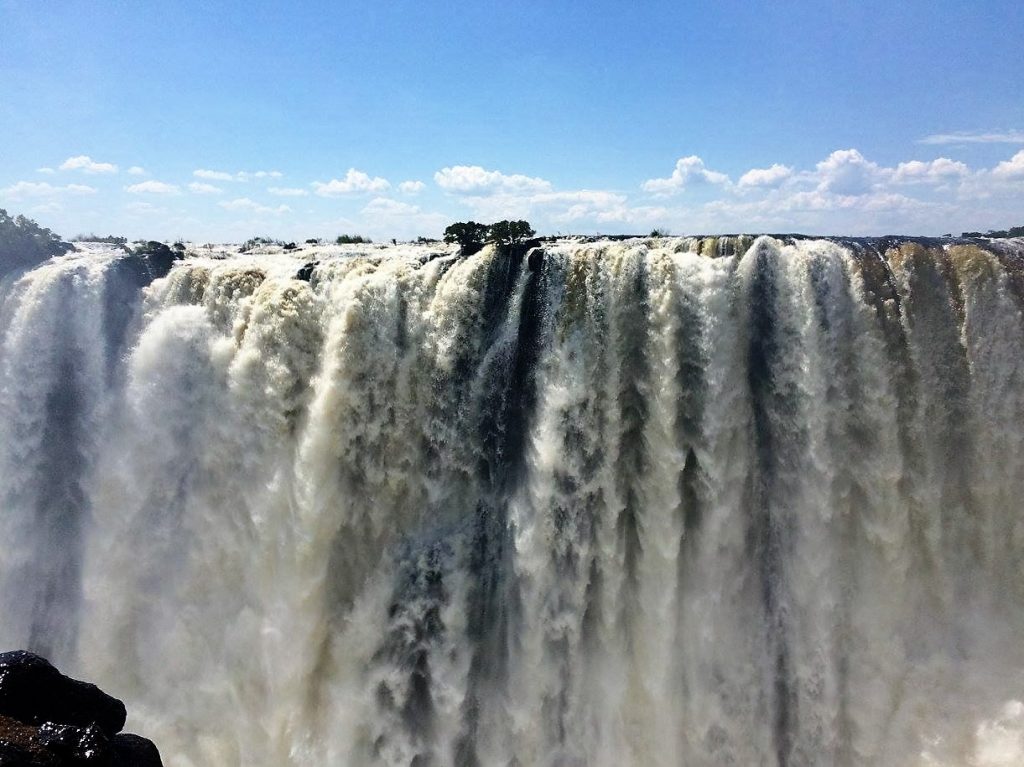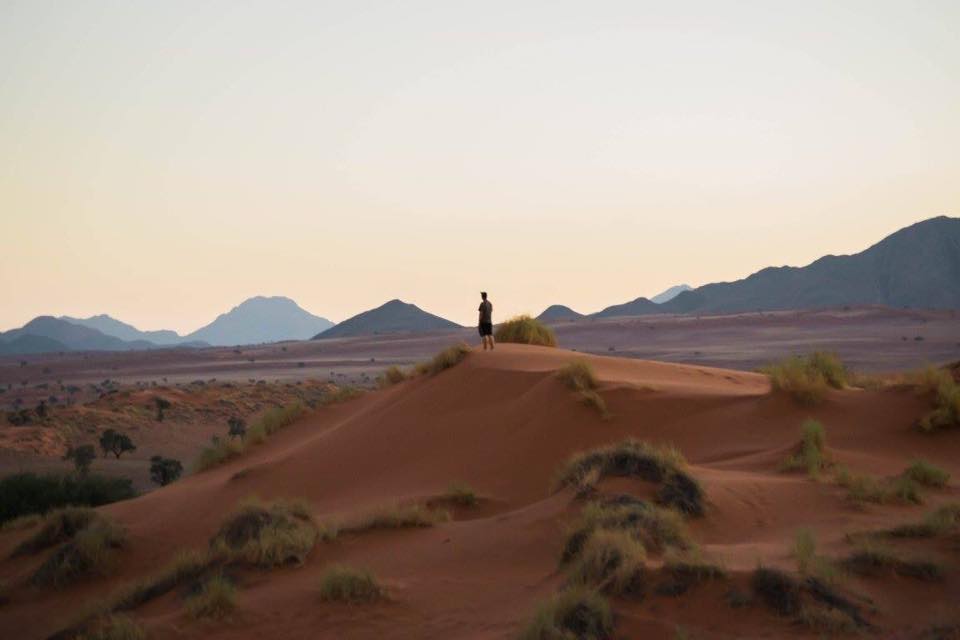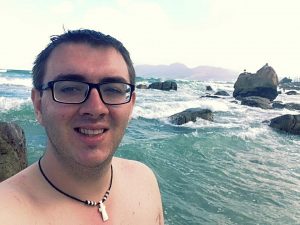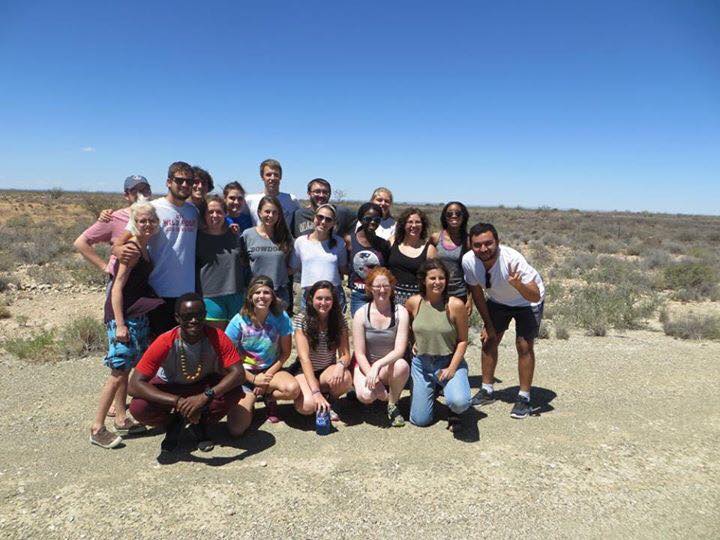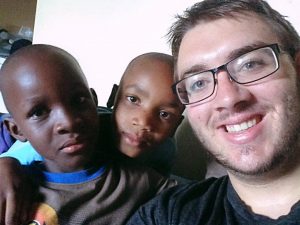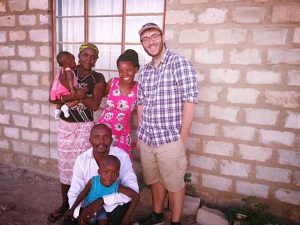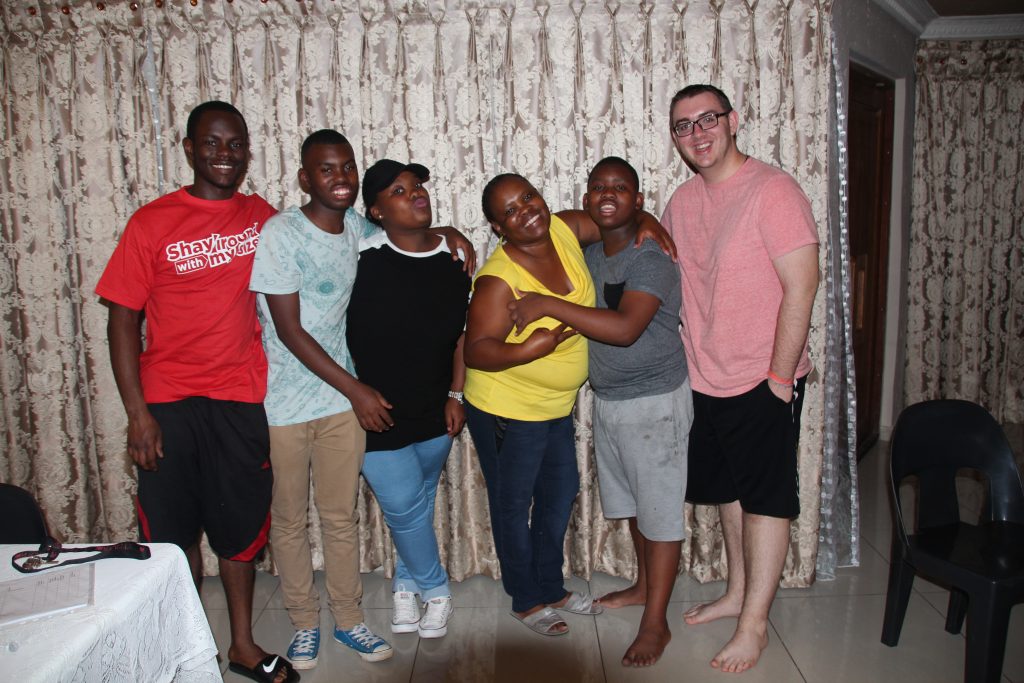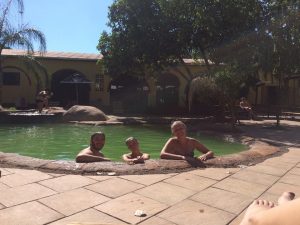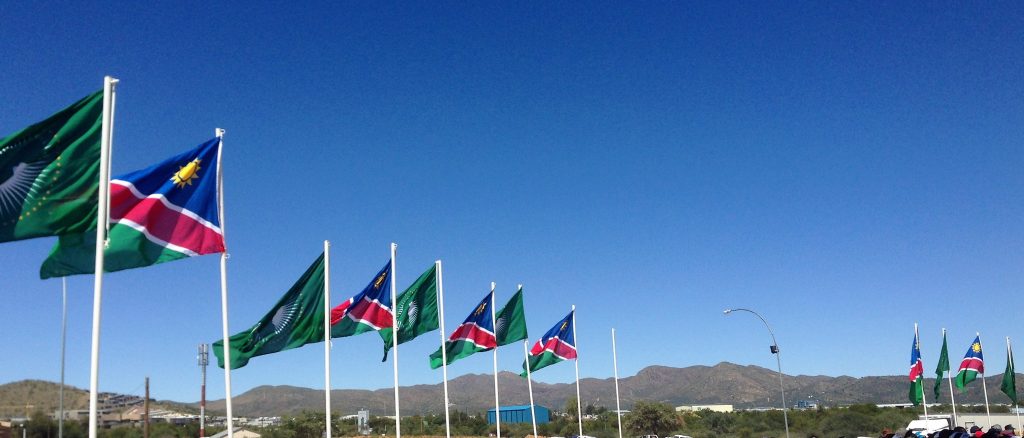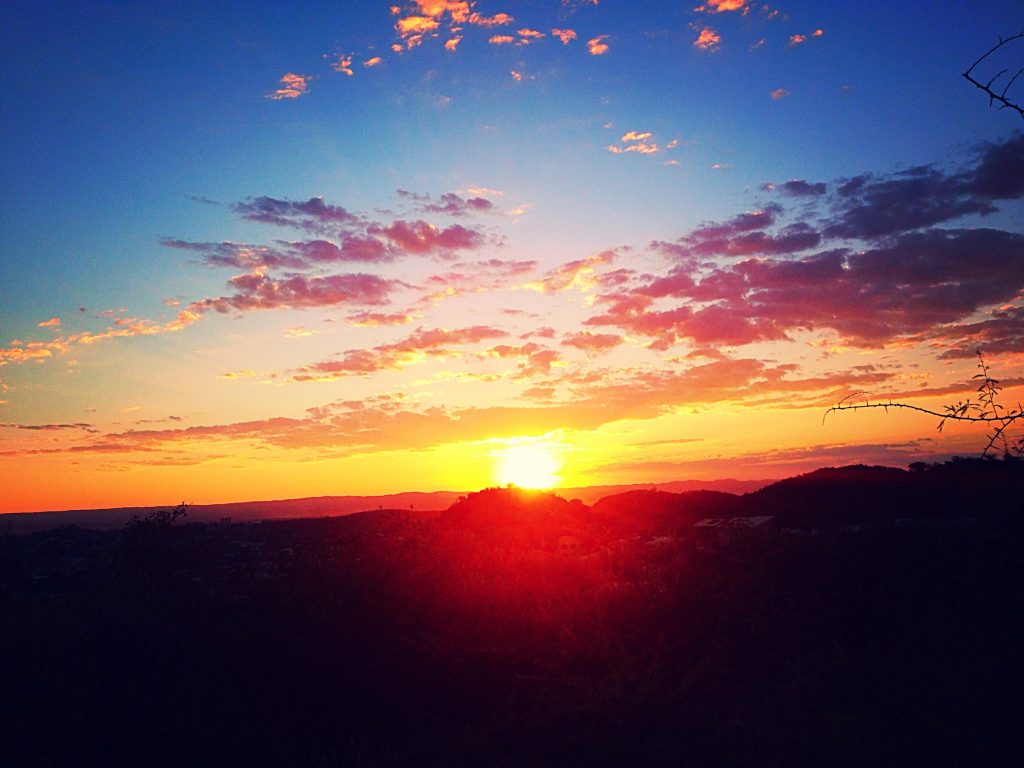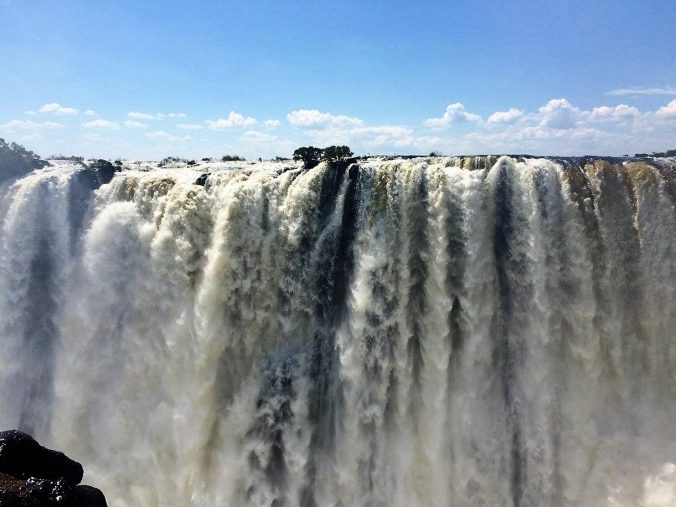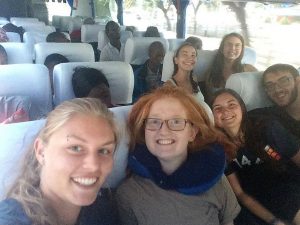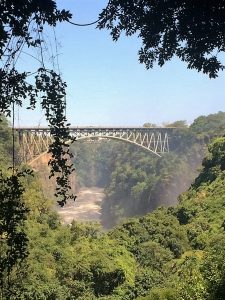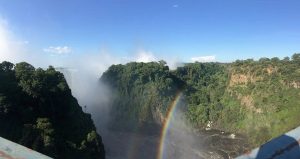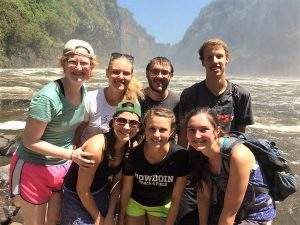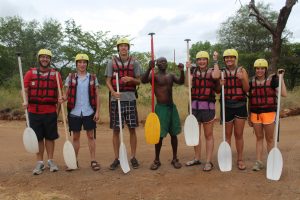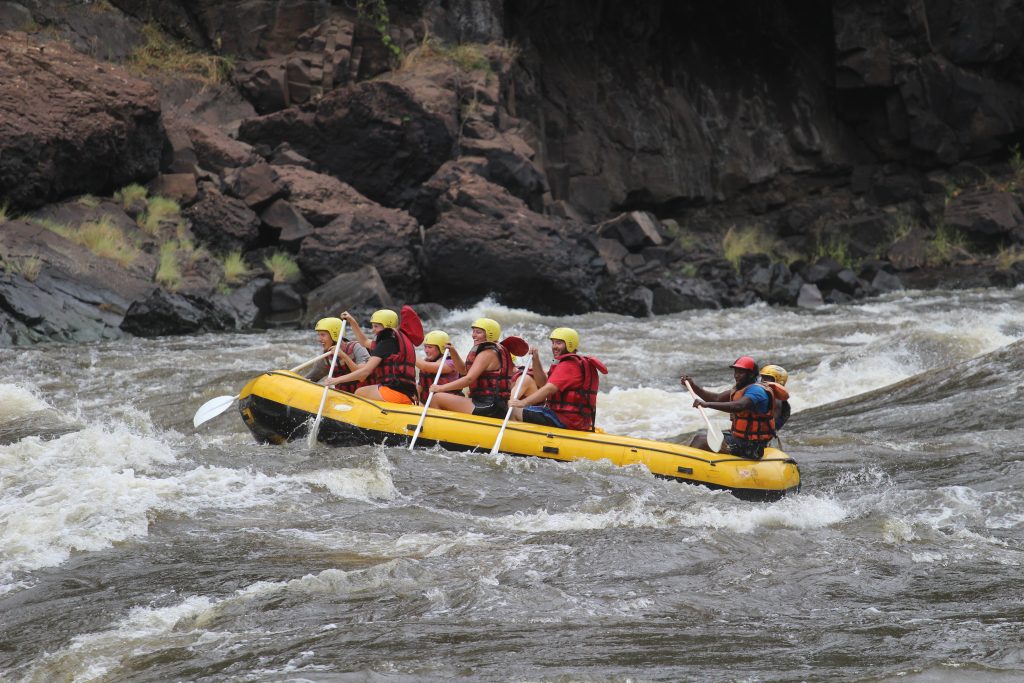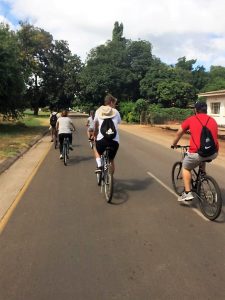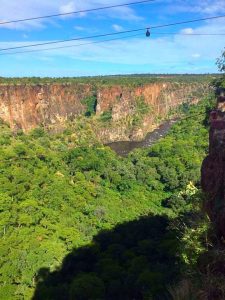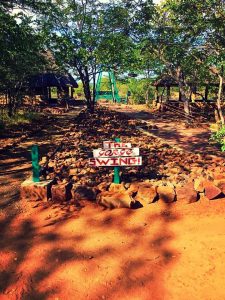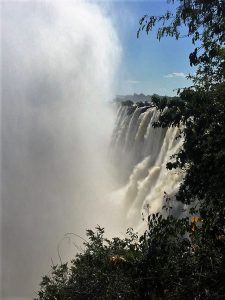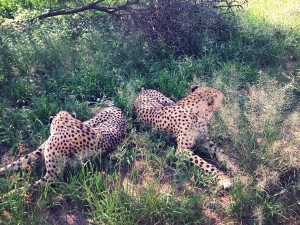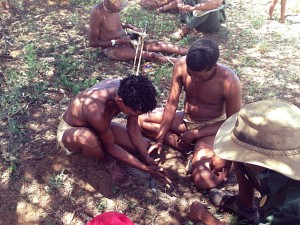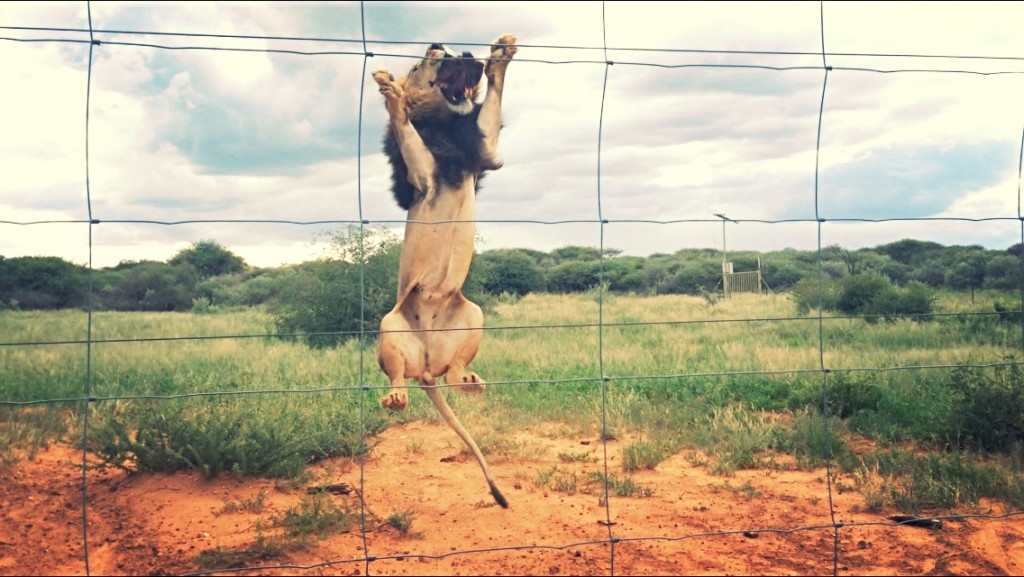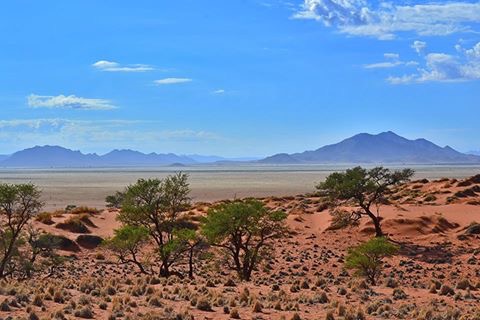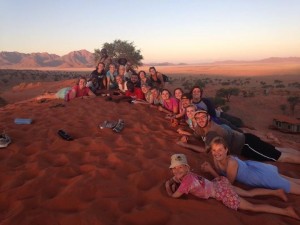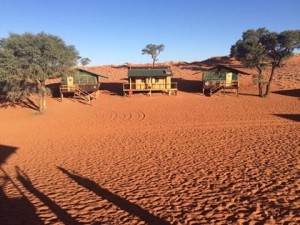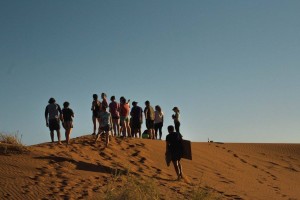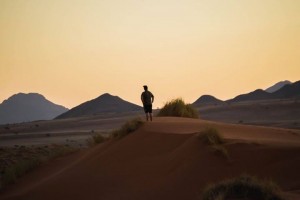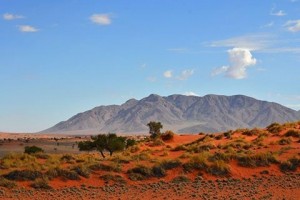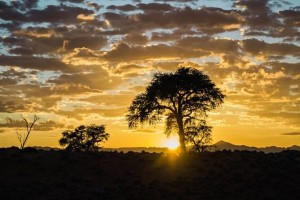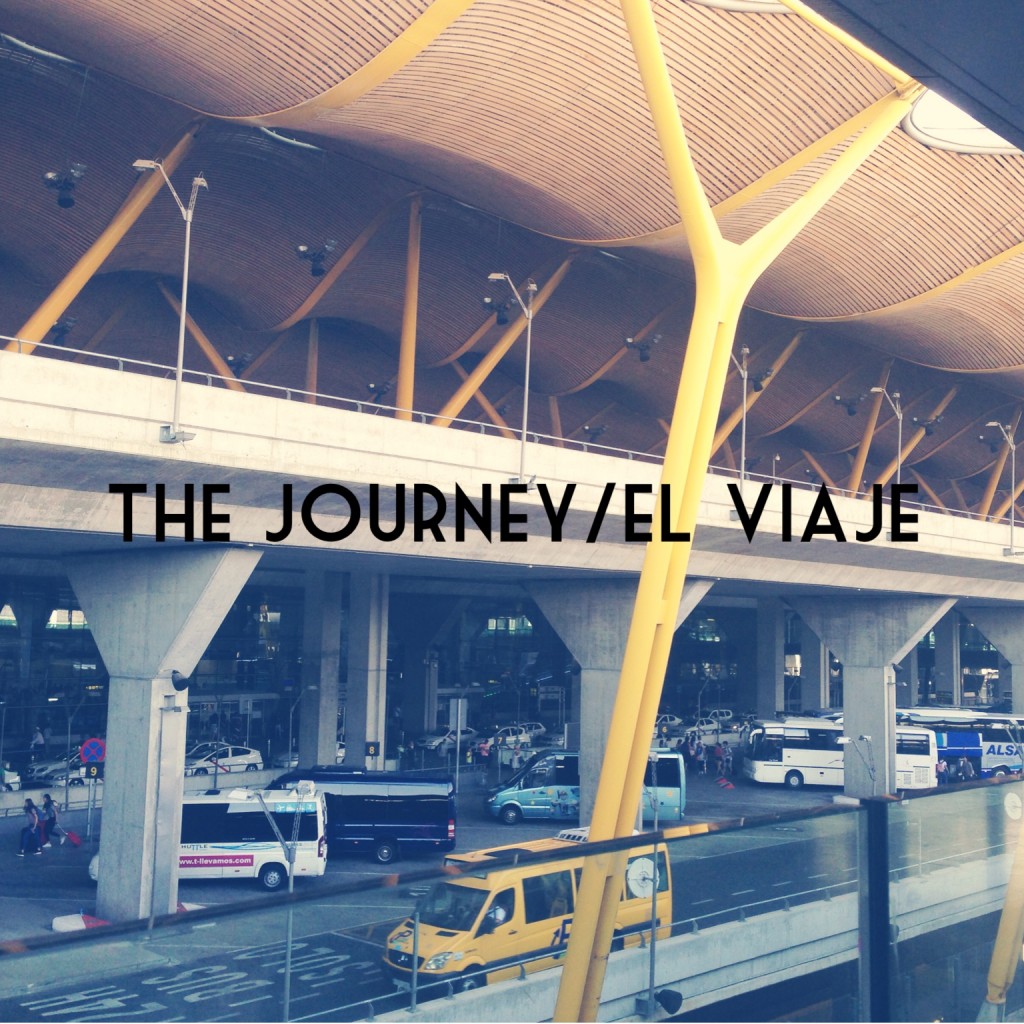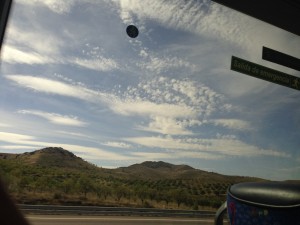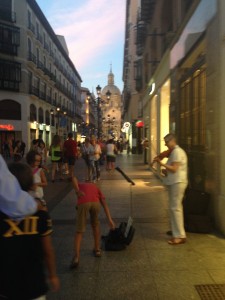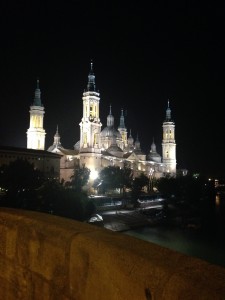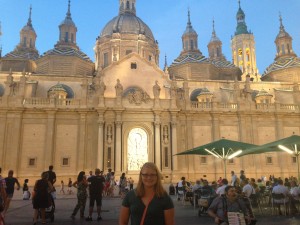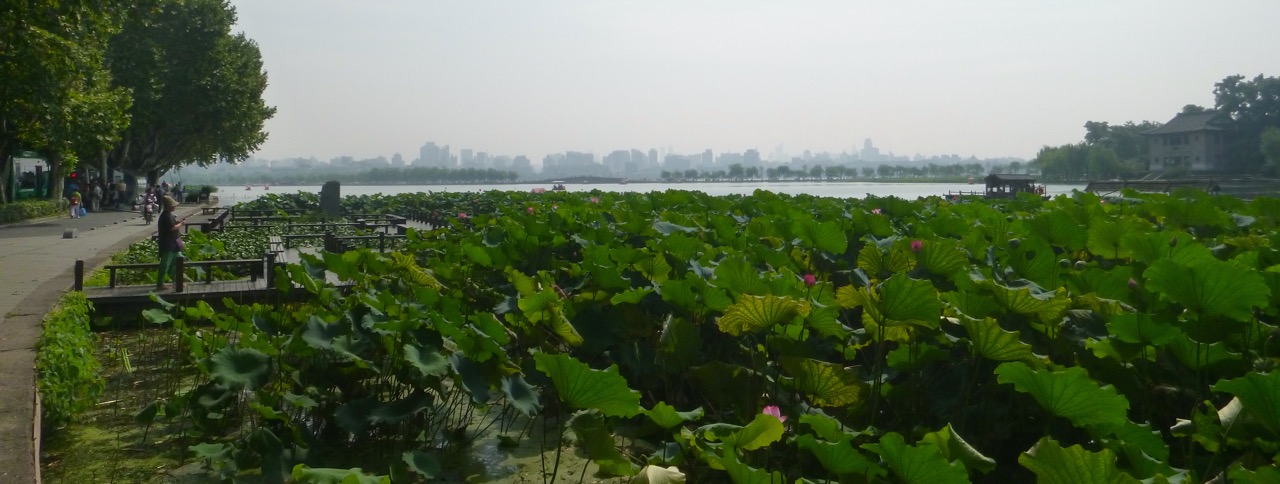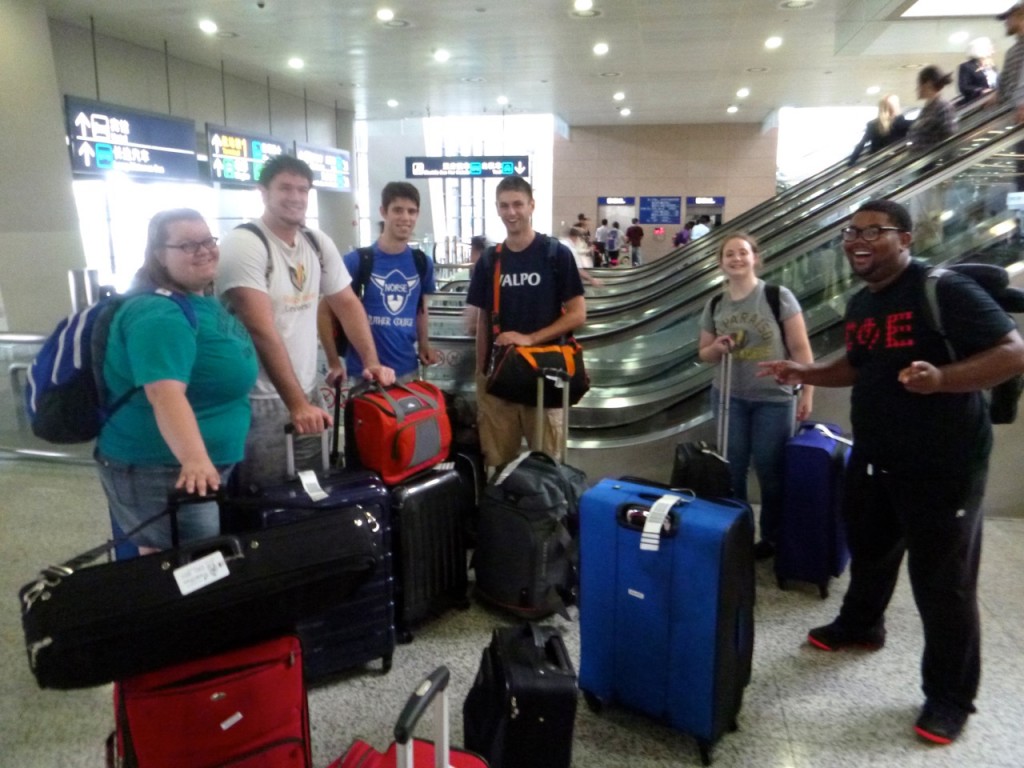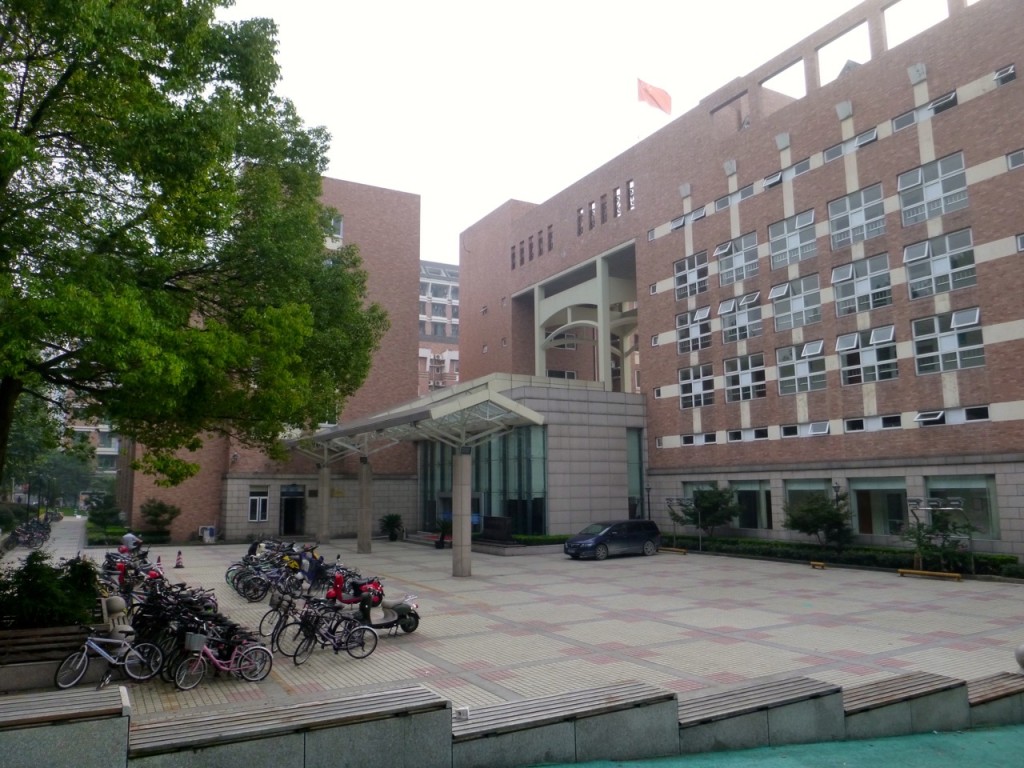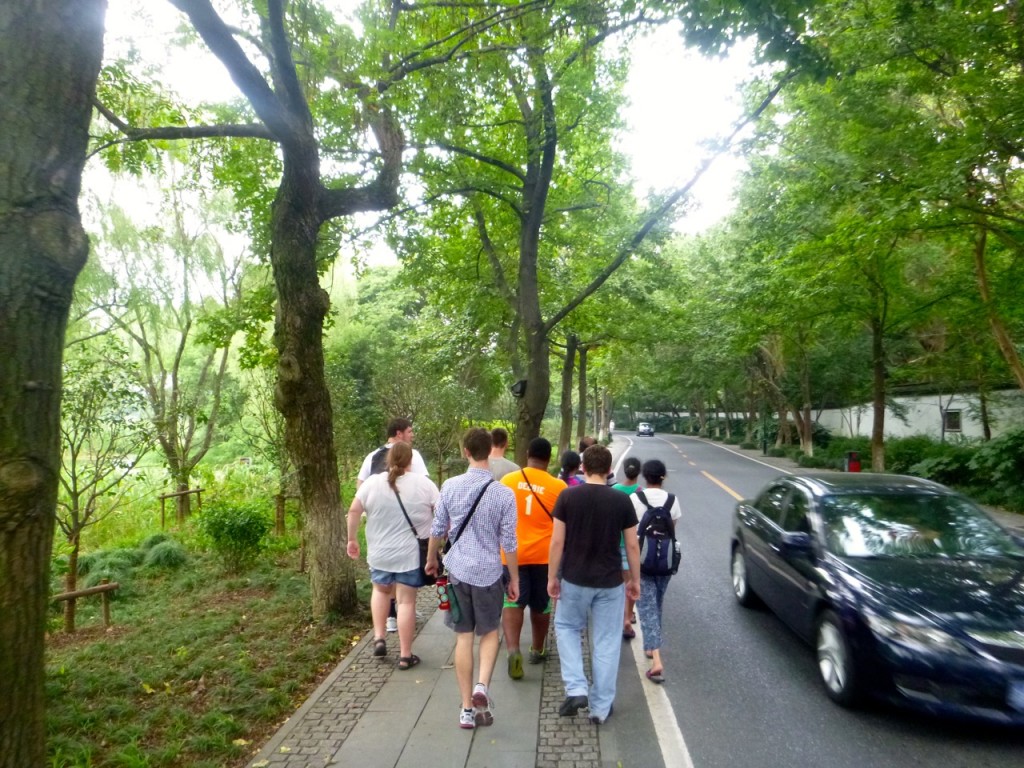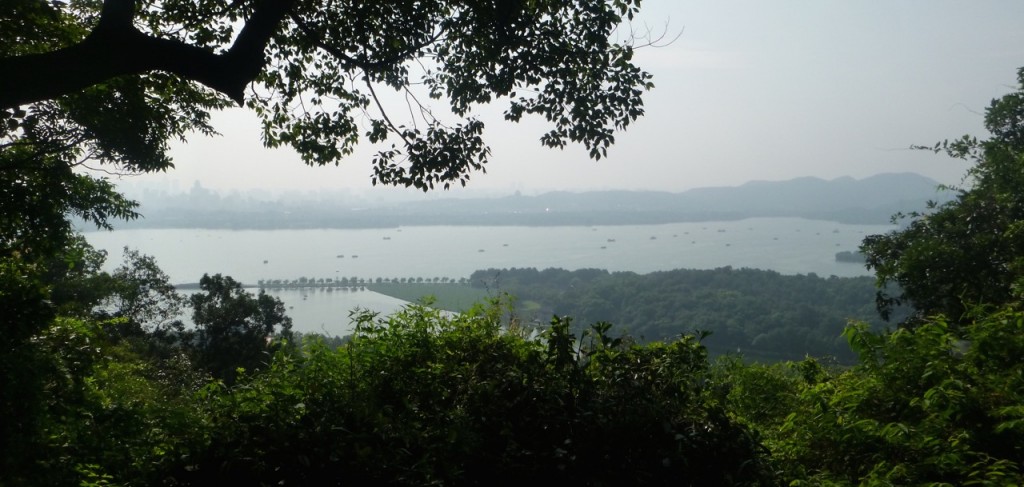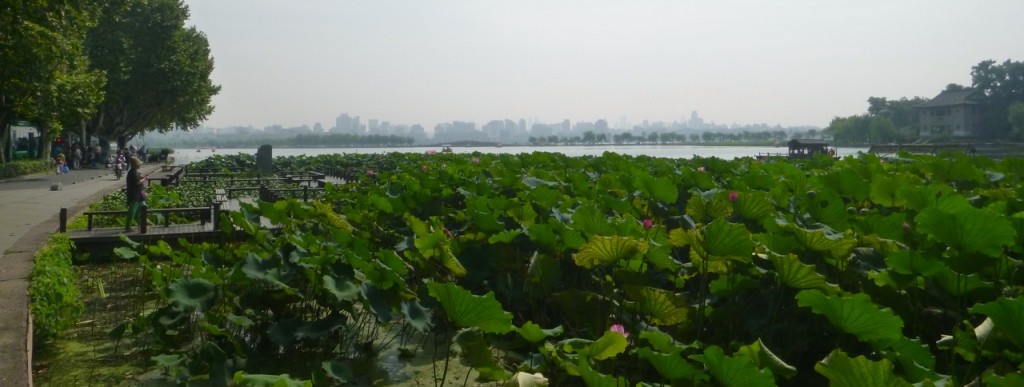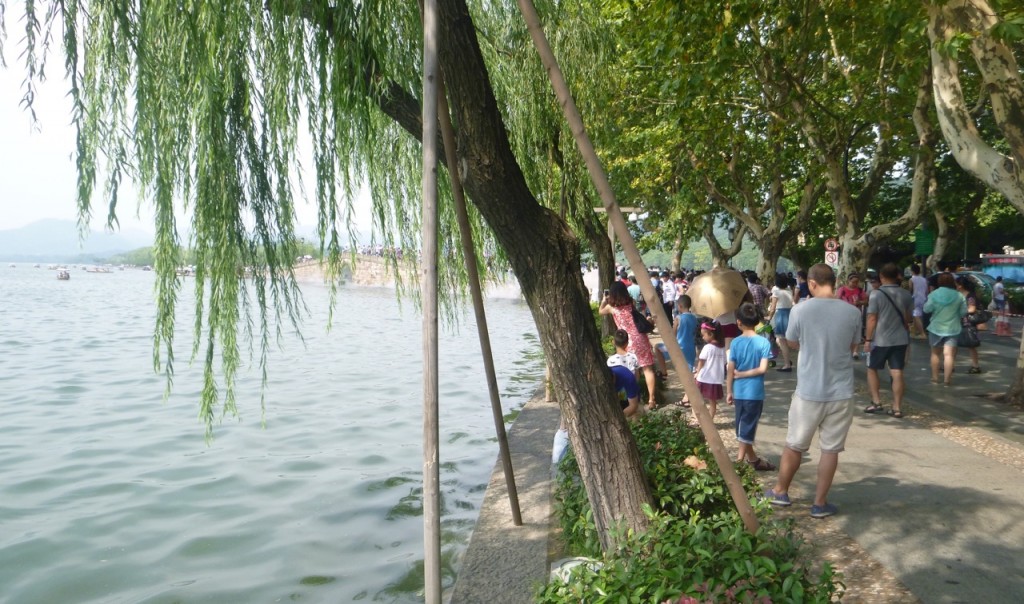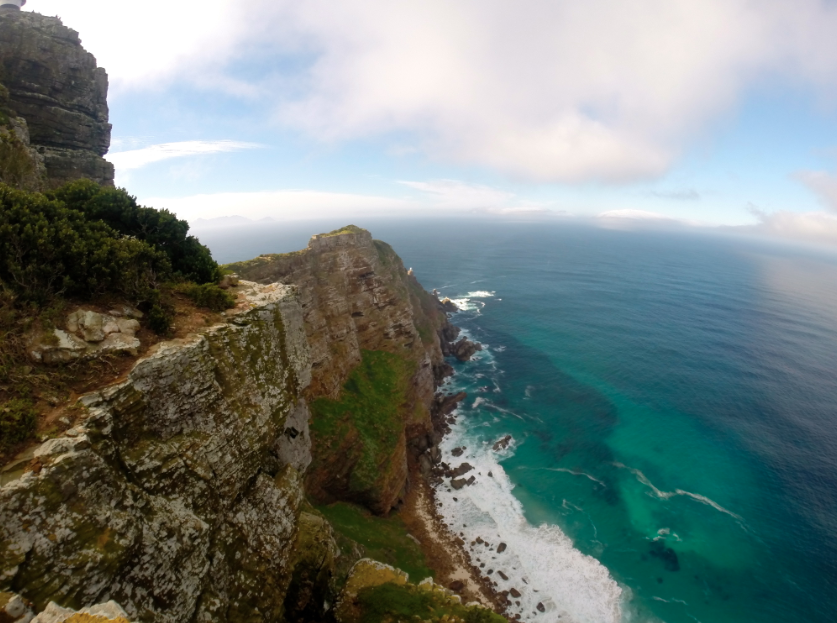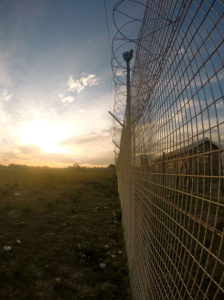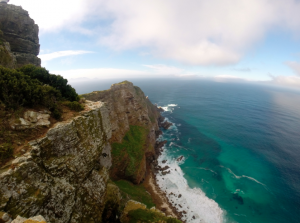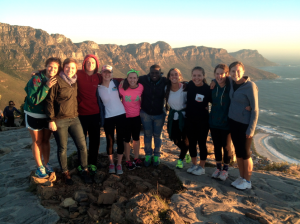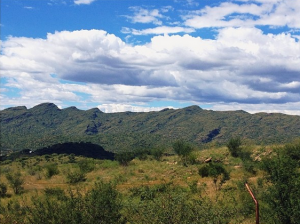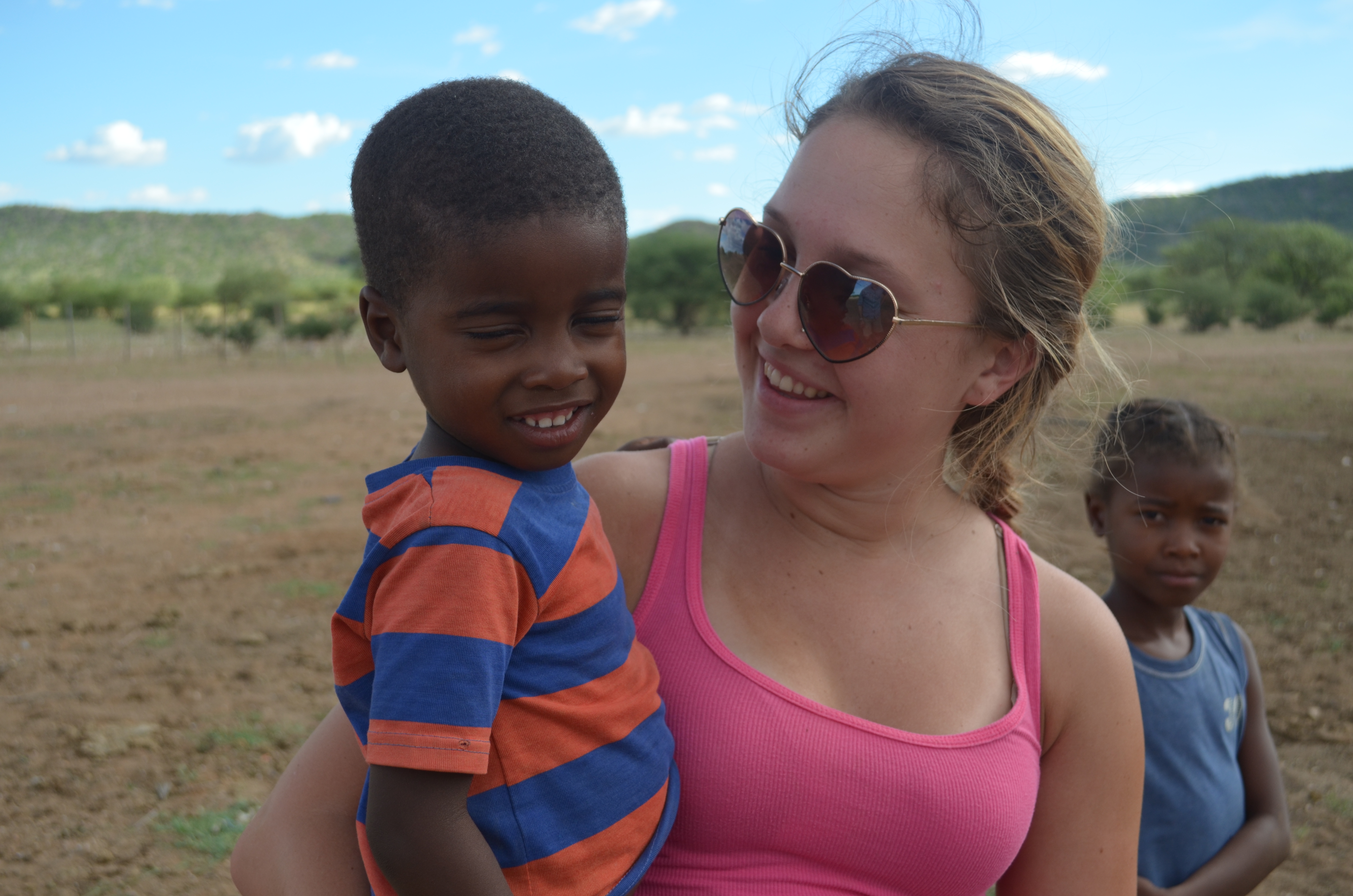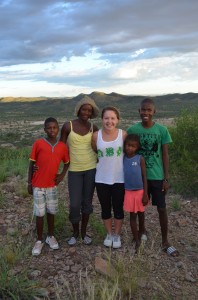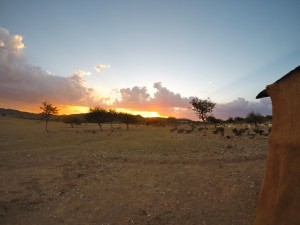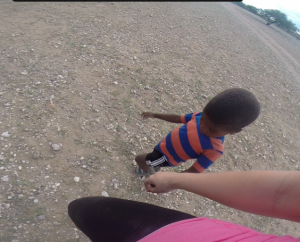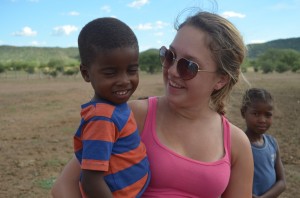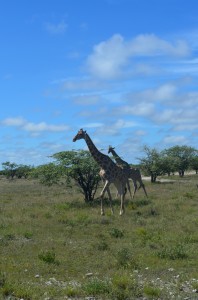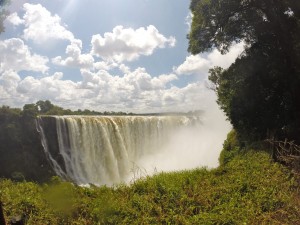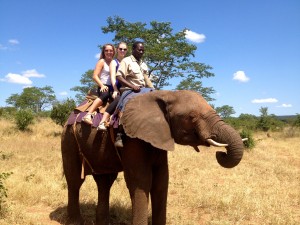Valpo Voyager
Student Stories from Around the World
Tag: Valparaiso University (page 1 of 7)
Photographer: Regan Weber
Photographer: Breanna Struss
Photographer: Micah Topel
Photographer: Grace Nelson
Photographer: Breanna Struss
Photographer: Matthew Smok
Photographer: Matthew Smok
Photographer: Regan Weber
Photographer: Kylie Schreiber
Photographer: Jessica Sunblade
Photographer: Matthew Smok
Photographer: Matthew Smok
Photographer: Alesha Dempsey
Photographer: Regan Weber
Photographer: Micah Topel
Photographer: Micah Topel
So as the semester winds down to an end, I decided to look back on my semester to find some of the highlights of my time abroad. I went through a variety of categories and attempted to find my top 5 highlights for each.
*note: they aren’t necessarily in order of most favorite
Top 5 Places Visited:
1. Cape Town, South Africa
2. Windhoek, Namibia
3. Livingstone, Zambia
4. Swakopmund, Namibia
5. Johannesburg, South Africa
Top 5 Weirdest foods:
1. Caterpillar
2. Goat head (sorry, I didn’t get any pictures. I know you all wanted to see)
3. Every animal liver imaginable
4. Traditional drink (some sort of super sweet drink made with Mahangu grains)
5. Freshly slaughtered cow, goat and chicken
Top 5 restaurants in Windhoek:
1. Andy’s (Best pizza in Windhoek)
2. La Bricante (it’s a restaurant in an antique store with live music) Atmosphere 10/10
3. La Bonne (because French food is always fantastic)
4. Garnish Indian restaurant
5. Sardinia Italian restaurant
Top 5 Activities in Windhoek:
1. Ultimate Frisbee at University of Namibia
2. Internship at Physically Active Youth after school program
3. Walks around downtown
4. Hiking in the hills
5. Markets: Craft Market, First Quarter Market, Informal Markets
Top 5 Concerts:
1. Windhoek Unplugged- Warehouse Theater
2. Open Mic Night- Warehouse Theater
3. International Jazz Day Concert- Franco-Namibian Cultural Center
4. Song Night- Warehouse Theater
5. Live music at random bars and restaurants
Top 5 Adventure Activities:
1. Gorge Swing at Victoria Falls
2. White water Rafting in the Zambezi River
3. Paragliding in Cape Town
4. Quadbiking in the Namib Desert
5. Surfing in the Atlantic Ocean
Top 5 most beautiful views:
1. Table Mountain, Cape Town, SA
2. Victoria Falls, Livingstone, ZA
3. The Namib Desert, NADEET, NA
4. The vast hills surrounding Windhoek, NA
5. The Atlantic Ocean
Top 5 things I will miss:
1. My amazing and unique group of 19 peers
2. Being able to learn from so many different people and experiences
3. My wonderful, loving, and welcoming homestay families
4. Deep conversations by the pool, at the bar, or around the dinner table
5. The breathtaking beauty of the land that constantly surrounds me
Southern Africa has challenged my personal beliefs, taught me to look at the world differently, given me the opportunity to grow and try new things, gain a better understanding of what my future might entail, and create a group of life-long friends.
Over spring break, a group of seven of us traveled on a 20+ hour bus ride from Windhoek, Namibia to Livingstone, Zambia to visit Victoria Falls. The bus ride was not nearly as bad as you would expect (sleeping pills are a life-saver). Crossing the border was an interesting experience as there was little communication of what we needed to do. We filed out of the bus and got exit stamps on our passports from Namibia. We then had no idea where to go, as the bus was now empty and everyone from our bus was nowhere to be found. Eventually, we discovered that we were supposed to cross the border on foot and walk to the Zambian border control where we were escorted to a tent. Inside, a lady sat us down in a row and shot a laser into our ears and handed us a piece of cardboard which supposedly showed that we were Ebola free. Wooo! Eventually, we made our way down the bumpy Zambian roads to Livingstone and our backpackers, Jolly Boy’s.
On our first full day, we traveled to Victoria falls and hiked around the park. We encountered many baboons who were very interested in our food. So interested in fact that they grabbed Emily by the backpack and pulled her backwards until they got a wrapper out of her bag. After recovering from this encounter, our group hiked down to Boiling Pot which is just past Victoria falls. We also hiked up to the falls themselves and got drenched in mist as we made our way to the world’s largest waterfall.
Our second day was spent white water rafting in the Zambezi river along with our new friend and roommate Tom. The water was extremely high because of the rainy season so we couldn’t start under the falls but we did begin slightly downstream. To get to the river we had to “hike” (We mostly fell) down the gorge.
Our rafting began with a quick safety talk where we learned commands such as the “oh shit” command where we had to duck down and hold onto the rope for dear life. I assumed we wouldn’t need to ever actually use this but sure enough on the first rapid we were quickly told to duck as we hit a massive wave. After we came back down, we watched as the other raft capsized.
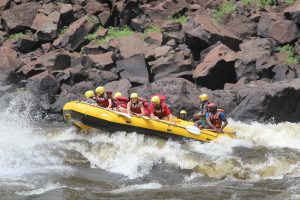
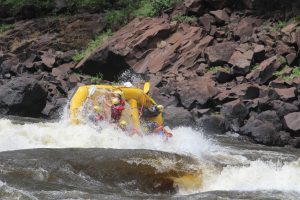 Rafting was incredible and we were subjected to some intense level 3-5 rapids. Our raft capsized twice and both times I ended up under the raft. The first time I was quickly able to work my way out, but the second time I was not only stuck under the raft but also Olivia. I had to kick and struggle for almost 10 seconds to work my way out from underneath her and the raft. I now know what it’s like to have your life flash before your eyes. That night we went on a sunset cruise on top of the falls where we could look over the edge and also see some hippos.
Rafting was incredible and we were subjected to some intense level 3-5 rapids. Our raft capsized twice and both times I ended up under the raft. The first time I was quickly able to work my way out, but the second time I was not only stuck under the raft but also Olivia. I had to kick and struggle for almost 10 seconds to work my way out from underneath her and the raft. I now know what it’s like to have your life flash before your eyes. That night we went on a sunset cruise on top of the falls where we could look over the edge and also see some hippos.
On Tuesday we went on a bike tour through downtown Livingstone and the surrounding villages. We visited various homesteads and markets as well as a local school that is funded by the profits from the bike tour. After biking, Luke and I explored the city, found some delicious food, and played some billiards in the park.
Wednesday brought with it adrenaline. Luke and I had the brilliant idea to book a full day of adventure activities at the Gorge just past Victoria Falls. We were driven out to the falls where we discovered that we were the only people in the entire place. This meant that we could do everything as much as we wanted without any need to wait around. They started us out with repelling down the Gorge cliff face as we slowly walked our way down and began to push off the cliff. We worked our way down to the bottom and then hiked our way across the gorge and climbed our way back up to the top. We then did the Flying Fox which is a zip line that spans across the Gorge. You harness in with the rope on your back and then you
run off the cliff, diving forward, so that you can “superman” across the Gorge. This was pretty easy and was more like a relaxing break from what we would be doing next. The next thing we did was repelling again, but this time we did it “Mission Impossible” style which is face down so that all you see is the ground and you lay completely horizontal to the cliff as you push off. By far the best thing that we did was the World Famous Gorge Swing. You walk up to the edge of the cliff with not one but two harnesses on, hanging your toes off the edge. The guy then counts down from 3 and you take a huge step and the next thing you know is that you are falling over 100 meters down the cliff. The rope then catches you and you swing back and forth from one side of the gorge to the other. I did this swing three more times and it didn’t get any less terrifying. Walking up to the edge of a cliff and stepping off the edge makes you think about your life….
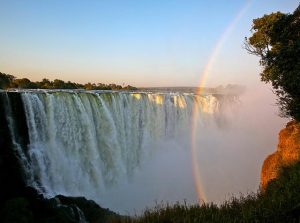 ….Anyway, Victoria Falls was an amazing experience that let me witness one of the wonders of the world while also pushing myself far beyond the limits of my comfort zone.
….Anyway, Victoria Falls was an amazing experience that let me witness one of the wonders of the world while also pushing myself far beyond the limits of my comfort zone.
By Nathanael Juliot, Olivia Cook, Lia Wellen, Richie Wehman III
This blog post was written as a group of students studying in Namibia discussing the week of March 16th.
We are settling into our routine at the Center for Global Education and Experience here in Windhoek, Namibia. Most of our classes involve either speakers or field trips which enhances our learning and understanding of Southern Africa and most specifically Namibia in terms of history, politics, development, religion, and environment. In this post we will tell you about some of these engaging class experiences! We felt weird taking pictures of the speakers, but we have some pictures of the Environment & Sustainability class field trip, which is more exciting anyways!
Following an incredibly rewarding week-long urban homestay, the CGEE students were ready to attack the new week. On Monday the Environmental and Sustainability class had the great pleasure of visiting the N/a’an ku se Lodge and Wildlife Sanctuary, located just 42 km east of Windhoek. Upon our arrival the tour guides drove our group out to visit a San Bushmen family that periodically stays at the sanctuary to educate tourists about their traditional lifestyle. The San people took us around the land to showcase their traditional hunter-gatherer techniques, as well as the way they utilize plants for holistic healing purposes. It was a tremendous learning opportunity, but many members of our group felt conflicted about the implications of our experience as the San people were removed from their lands and are now considered the most marginalized community in Namibia, forcing them to commodify their culture to tourists. Shortly following the tour, our group was off to visit and learn about the Wildlife Sanctuary.

Wild dogs are skilled hunters who have many parallels to hyenas. They are also very loud and obnoxious.
Through the visitation of different animals such as lions, wild dogs, baboons, cheetahs and leopards, our class was able to get a much better idea as to how N/a’an ku sê has successfully been able to protect wildlife and their habitats. The sanctuary provides a haven and second chance for countless injured, orphaned, and abused animals. It’s the organization’s goal to release every animal free so they can live a natural life in the wild, but that sadly isn’t always the case. We learned that the release or rehabilitation is not always possible due to the severity of an animal’s injury or habituation to humans, all serving as a threat to their safety if they were to be released. One highlight of the trip was being able to witness Clarence, the male lion, soar into the air to snatch his dinner. It was extraordinary seeing him viciously mark his territory and establish his dominance.
On Tuesday March 1st Mr. Phil Ya Nangoloh spoke in our History class, entitled “Race & Racism in Southern Africa and the U.S.”. Mr. Ya Nangoloh is a human rights activist and director and co-founder of NamRights. He described NamRights as a monitoring and advocacy human rights organization that can be compared to Human Rights Watch or Amnesty International, except that NamRights operates on a national, rather than international, scale. NamRights also gives paralegal services of which most cases are either people dismissed in the private sector or women seeking complaints against their male counterpart.
 His task was to explain his understanding of discrimination and racism in Namibia and Southern Africa currently and historically. Mr. Ya Nangoloh claims that Namibia has historically been a victim of state racism, having undergone both German and South Africa occupation, the latter of which engulfed Namibia into apartheid. He spoke of how the Namibian constitution is extremely liberal and has very good human rights components, but that these laws are not effectively implemented in Namibia, if at all. The main point Mr. Ya Nangoloh made was that since the end of apartheid, and the liberation struggle, the way in which discrimination plays out has changed. During the liberation movement there was one common enemy to fight against, which was South Africa and the apartheid regime. Now, as this one enemy has technically been conquered, discrimination stems from wealth inequality, racism, and the scramble for scarce resources. Discrimination, now, he explained, comes from within societies or communities rather than from outside. He concluded on what I thought was a grounding note. He said that “racism is an innate and human nature, but there are good people doing things about it, like you and me”. We have been struggling with learning about all the awful disgraces of both the United States and Southern Africa, and it was nice to hear a “realistic” view on things, that there is discrimination but that there are people working to combat it.
His task was to explain his understanding of discrimination and racism in Namibia and Southern Africa currently and historically. Mr. Ya Nangoloh claims that Namibia has historically been a victim of state racism, having undergone both German and South Africa occupation, the latter of which engulfed Namibia into apartheid. He spoke of how the Namibian constitution is extremely liberal and has very good human rights components, but that these laws are not effectively implemented in Namibia, if at all. The main point Mr. Ya Nangoloh made was that since the end of apartheid, and the liberation struggle, the way in which discrimination plays out has changed. During the liberation movement there was one common enemy to fight against, which was South Africa and the apartheid regime. Now, as this one enemy has technically been conquered, discrimination stems from wealth inequality, racism, and the scramble for scarce resources. Discrimination, now, he explained, comes from within societies or communities rather than from outside. He concluded on what I thought was a grounding note. He said that “racism is an innate and human nature, but there are good people doing things about it, like you and me”. We have been struggling with learning about all the awful disgraces of both the United States and Southern Africa, and it was nice to hear a “realistic” view on things, that there is discrimination but that there are people working to combat it.
On Wednesday March 2, we had a very interesting speaker visit our Development class. Herbert Jauch, a German expat and political activist in Windhoek, has spent the last couple years studying income inequality in Namibia. The beginning of his presentation explained key points of Namibian history and eventually evolved to explain how income inequality is a product of old historical systems still prevalent today. After setting the foundation for today’s inequalities, Jauch continued to explain a study that was conducted in hopes of alleviating poverty in Namibia. This social experiment, set in a small village south of Windhoek, focused on people who earn so little that basic necessities, such as education and health care, are inaccessible. A solution to these problems was an idea called a Basic Income Grant. This monthly grant of N$100 (US$ 6.25) was given out to every person in the area regardless of income or age in order to help cover basic costs of school books, registration fees, small health needs, or other costs that would help families access services and improve their quality of life. One staggering statistic Jauch shared with us was that in this community 60% of kids dropped out of school because they were hungry, but after the BIG was implemented, 95% of kids completed school. He also shared various benefits such as increased visits to clinics, and malnutrition dropping by half within a year of this grant. Unfortunately leaders at the time did not appreciate the success rates as much as Jauch and his organization did, and plans to continue this idea nationwide are at a standstill.
The idea of a monthly income grant fit well with what we have been covering in our Development class, specifically ideas of poverty alleviation and cases of well-intentioned development projects that do more hurt than harm. Jauch’s presentation was an interesting example of a poverty alleviation strategy and I was intrigued by the both the positive outcome and some ramifications such as the conclusion that programs like this are hard to implement regionally because of family members who migrated to the area to benefit as well. Another point Jauch made was that social welfare programs are generally stigmatized and by providing every individual with an equal grant stigmas are avoided and people are empowered to live healthier lives. Many people in the United States dislike the terms socialism and social welfare, but this speaker highlighted how these ideas can be helpful to society and gave me a case study I can use to support new ideas of aid implementation that I can share with others. Overall, I was very impressed by our speaker; his comments added insight into what we have been studying and local poverty alleviation efforts to combat a nationwide problem.
On Friday March 4th, the Religion and Social Change class had a guest speaker visit named Reverend Gotthard Gurirab. Reverend Gurirab is a faculty member at the University of Namibia working with a focus in critical issues facing the church. His talk focused on African Traditional Religion and how it has been affected by colonialism. Specifically, he discussed the diminishing role of Ubuntuism in African culture. Ubuntu is an African word which refers to a universal concept where people value the good of the community above self-interest. Reverend Gurirab has seen that Ubuntuism is almost dead in cities and those people who live on the same street live as if they are in foreign countries. He went on to describe the relationships between people in the cities and it paralleled greatly with relationships between people in the United States. I found it extremely interesting to hear him describe in detail, American society and condemn it as ruining the Namibian people. Africa is constantly subjected to the effects of colonialism even to this day and it can be seen that western society has overwhelmed the traditional values of the Namibian people. Ubuntu has ideologies of sharing, compassion, peace, reconciliation, combating crime and violence, and poverty eradication. These ideologies have been cast away by the younger population for western ideologies of focusing on the individual. Reverend Gurirab called for a massive revitalization of African Traditional Religion in Namibia and throughout Africa. This will be an uphill battle, however, to remove the stains of imperialism that still exist within Africa and many Namibians do not have any desire to move away from the western ideologies that promise a path to prosperity.
Overall, we had a great week of learning through speakers and field trips. We hope you enjoyed following us along our journey!
Over the weekend, our entire group traveled to the Namib Desert and stayed at a camp called NADEET. NADEET is an incredible place that hopes to promote sustainable living and environmental consciousness. To do this, their camp is almost entirely sustainable and they bring students, parents, educators, and community members there to teach them sustainable practices.
Three of their main focuses are on water conservation, conserving electricity through using renewable energy, and recycling. To conserve water, they built the bathrooms with no running water. Instead, campers use bucket showers and use cups of water when brushing their teeth. They also utilize a toilet with no flushing capability because flushing a toilet can use almost 10 liters of water.
The electricity of the camp is powered by solar panels that take advantage of the hot, desert sun. To cook, they use solar cookers, solar ovens, and sustainable fire cookers. These options are far more sustainable than conventional ovens as they use less to no electricity or resources and are able to cook the food just as well.
NADEET also emphasizes recycling and they do so by separating trash into compost, paper, glass and tin, and trash. By doing so, the amount of actual trash that goes to a landfill is dramatically reduced. A vast majority of the trash ends up as food compost and goes back into the soil and the garden while another portion is recycled in town and the paper is used to make fire bricks for he sustainable cooker as an alternative to firewood. This leaves only a small percentage of trash that is actually left as rubbish that needs to be thrown in a landfill or incinerated. In order to maintain this sustainability and to hold them and their campers accountable they will do an environmental audit in order to determine the amount of each resource they have used and how much waste they produce.
One aspect of NADEET that I found extremely important was their emphasis on the fact that environmental education is important to everyone and has an impact on social and economic issues. Many times, it can be seen that the environment is thrown aside when a “bigger” problem arises within a community. This thought process is what has thrown the world into a chaotic spiral of destruction. What NADEET did an excellent job of describing is that many other issues can be resolved through environmental consciousness. NADEET also emphasizes the fact that environmental education does not need to exist solely in a science classroom but is something that can be taught in any subject. Specifically, in our environmental audit, we were shown how math can be taught through environmental education by having the students calculate their personal water usage or waste.
Overall, my experience at NADEET was incredible, I was able to experience so many new things and learn a ton about environmental sustainability. The Namib Desert is extremely beautiful and I was made truly breathless by the vast mountains and open desert as well as the stunningly expansive nighttime sky.
From hiking through the dunes looking at plants and animals, to making solar oven pizzas, I learned so many differently things about Namibia and sustainable living in general. I feel that many of the things I learned will help me to be more aware of the environmental impact of my everyday life. I also can bring back many of the practical ideas from NADEET and share them with my friends and family. Even though I might not use a solar cooker or buy solar panels, I can still find many practical ways to decrease my environmental impact. I also know that I will take what Viktoria said to heart about teaching environmental sustainability in any classroom, even my future math or physics classroom.
*Many of these photos were taken by a member of my group Kayla Koterwski. Visit www.lenstotheliving.wordpress.com to see more of her work!
I am here at my home for the next 4 months, España. The act of coming here by myself sounds slightly terrifying, but it actually could not have gone smoother. The trip was long, but, call me crazy, relaxing in a sense. I think when you are left in an airport or in a plane for a certain amount of hours, there is nothing left to do but use those moments to take a break. I left my home in Bay City, Michigan around 9:00am on Friday, August 28. My parents and I were at the Detroit airport around 12:30 (after a stop for breakfast) and a few minutes later I was saying goodbye. Then I took a flight to Atlanta and around 7:00pm I was on the 8 hour flight to Madrid. On this flight, I sat next to a student from Ohio who is spending this semester in Madrid. Before I left for this trip, I was told by veteran solo travelers that I’ll meet people easier when traveling alone. I was pretty surprised at how quickly that happened for me. I enjoyed her company just being reminded that there are a lot of people like myself not only studying in Spain, but studying across the globe. After landing at 9:45am local time and getting my luggage, I had a few hours to kill before boarding the bus to Zaragoza which was spent people watching. Once aboard the three and a half hour ride to Zaragoza, I took in the Spanish countryside in between moments of sleep. I noticed a few things during the bus ride. 1. Mountains for days. No, they are not the huge ones in Colorado or Alaska, but they are mountains nonetheless (especially for a flatland girl like myself). 2. The countryside looks pretty dry (at least where I was). I did not see much green grass at all 3. The heat. The inside of the bus showed the temperature, but of course, in Celsius and I am not super familiar with Celsius. I saw 35° and thought, “Oh, that can’t be too bad.” Then I got out my phone and used the converter and saw that 35°C is about 95°F. Definitely warmer than when I left The Mitten State.
I arrived at the bus stop around 5pm local time which was 11am Eastern Time where I was greeted by my gracious host mom. Much to my surprise, I was not that tired even though I had only gotten a few hours of (not so great) sleep on the plane and bus. My host mom and I took a bus to her neighborhood and then walked to her apartment (during which I was wondering why I had packed so much) where I ate some food and took a much needed shower. That night, we went to some stores near her apartment and walked around the city. It was then when I got my first view of the famous Cathedral in Zaragoza. La Catedral-Basílica de Nuestra Señora del Pilar is known throughout the world and is a truly fantastic sight. We turned down the road to the Cathedral and a musician was playing Ave Maria on the violin. The music, people, and Cathedral all together resembled a dream.
Since then, I have gone inside the Cathedral briefly and have seen only a portion of the beauty that this Cathedral holds. I’m looking forward to going back often. My host mom showed me around some other famous sights of Zaragoza, and I tried to take it all in. I was also struck by how Europe, in some cases, is just like the movies. Yes, I have only been here for a few days, but the mopeds are everywhere. It’s so picturesque when I see them coming down the cobblestone road with a gorgeous old building in the background.
As far as first impressions go, this one was pretty wonderful. My journey here went very well and my first few days have been great. I’m looking forward to an adventure-filled semester here in Spain!
It is hard to believe I’ve only been in China for a week. With the exception of the language barrier I feel that I’ve acclimated very quickly to my new life in Hangzhou.
Our group had safe and smooth flight from O’Hare to Shanghai where we met Professor Pati. Even though the flight was 14 hours long we chased the sun westward so the window shades in our 747 were the only respite from continually bright clouds and sky all the way from Chicago to China as we flew over Canada, Alaska, the Bering Sea, South Korea and finally the East China Sea.
We took a bus from Shanghai to Hangzhou, about a two hour trip. It may sound cliche, but as our bus weaved towards Hangzhou I felt as though I had been dropped into a Soviet-era James Bond movie set—the monstrous scale of unfinished apartment complexes, verdant fields and farm houses abutting sprawling power plants, a concrete suspension bridge rising as a sword into the hazy sky, and most of all reddish sunlight filtering through the thick smog.
We spent the next three days exploring Hangzhou. Sometimes as a whole group with Professor Pati and his family, or in small groups or solo. Our wandering walks were thoroughly enjoyable.
Hangzhou truly has a mixed-use transportation grid. Taxis and buses practically clog the streets while bicycles and electric mopeds scurry in and out of traffic, often in dedicated lanes at the edge of the street while pedestrians stroll past various shops and stalls on wide sidewalks. Traffic at first looks to be a recipe for disaster as lanes vanished in intersections—but after further observation it looks as though the Chinese has a much more fluid approach to driving—constantly speeding up, slowing down, weaving around parked cars and mopeds—versus the rigid, aggressive and territorial driving of American cities like Chicago.
Three aspects of Hangzhou though have stood out to me:
First is the widespread aim at electricity and water conservation. Our dorm rations electricity and reduces water pressure to a functional minimum—living at Holden I completely understand the importance of these measures. Recycling receptacles are common sites along city streets and nearly all the apartment buildings surrounding campus have laundry hanging out the window. While the signage and small steps won’t completely satiate China’s consumption it is very heartening to see a government taking conservation seriously.
Second, is the absolute abundance of greenery. When the sun is not blocked by smog or tall buildings I often find myself under a roof of leaves—the street just outside my dorm is a verdant tunnel. Shrubs and trees hug the sidewalks and squeeze between buildings. The Zhejiang University campus where I’m living abuts a ribbon of forested hills which contains numerous trails—the ridge trail probably runs at least a dozen miles to the south. Only a mile or so from campus is West Lake (think China’s equivalent of Central Park). I spent on free day walking around the Lake (about 10 miles)—the park space was well maintained and lovely. The use of well-marked paths cordoned off green areas allows lush vegetation to thrive among the throngs of locals and tourists.
Third, the Chinese people are incredibly friendly. Growing up in Eugene I was used to making eye-contact with strangers in passing and saying ‘hello.’ The shear volume of people make that difficult in Hangzhou, but whenever I (or our group) stumbled through a food menu or asked for directions or found a local English speaker they were always more than happy to help. When walking around West Lake I was invited by an elderly gentleman to visit the “English Corner” where every Sunday locals gather to practice their Chinese. Never in the US could I imagine myself (or anyone else) spontaneously spending twenty minutes of my day telling total strangers in a city park about my life, but there I found myself in front of a score of inquisitive Chinese.
Currently I’m sitting in a Beijing hotel room, tomorrow we climb the Great Wall—so more stories and pictures will be coming soon!
The past two weeks have been an emotional roller coaster to say the least. The final week and a half in Namibia were filled with final projects and papers, but also tearful goodbyes. After all of our projects were done, the fifteen of us cooked dinner for all the staff that made our four months in Namibia what it was. We got a chance to go around the table and say our thank yous. A lot of the group mentioned how awesome it was that in a group of 15 of us, we all got along really well and how uncommon it is for that to happen. I couldn’t agree more. Living with three guys who go to polytechnic of Namibia, we were able to really get to know them and it was a rough goodbye. I know I’ve said this time and time again, but Namibia has become home to me, and my heart broke leaving.
Despite the sadness, an excitement filled the bus because our long awaited trip to Cape Town was finally here. Throughout the week, we visited various museums, churches and heard from many different speakers. My favorite of which was Robben Island where we got to tour the prison, hear from a man who was imprisoned for five years, and see Mandela’s solitary confinement cell.
Throughout the week we also got to to non-academic actives like visiting Cape Point, Boulder’s beach and hiking Lion’s head. Cape Town is undoubtedly one of the most beautiful places I have ever seen. On the hike up Lion’s head — unfortunately we weren’t able to hike Table Mountain while we were here because of weather — we were able to see all around the coast for miles with Table Mountain and Devil’s peak on one side and the twelve disciples on the other. It was an incredible view, photos don’t even do it justice! Cape point was breathtaking standing on one of the southernmost points in the world seeing two oceans joining together. Great white shark cage diving was planned for me and Sam, but the weather and time scheduling didn’t permit it.. I guess I’ll just have to come back for that one!
Despite all the fun activities that have been happening this week, it’s not easy knowing I’ll be back in the U.S in 48 hours. The best way I can describe it really is simply bittersweet. It will be nice to be with family and friends, but I am so not ready to be leaving southern Africa. Every day, I’m reminded just how special my time spent here was. There is no doubt in my mind that I am no where close to the person I was when I left Claremont, CA on January 18th. The people I’ve met, the things I’ve seen and the places I’ve been have shaped me in ways I never imagined possible. God has worked in my life these past four months in pretty incredible ways that I’d have to take way longer to explain to you — if even possible to explain. I’m leaving Namibia and south Africa with a very heavy heart, but a heart filled with memories and experiences that I am infinitely grateful for. There’s no doubt in my mind that I’ll be back in two years with my BSN. Thank you southern Africa for the most amazing time of my life, and thank you to each and every one of you who reached out to me with words of encouragement every step of the way. I am beyond blessed.
All my love always,
Maddy
I have 16 days left in Namibia and 23 left in southern Africa, WHAT? Crazy, right? So this past week was full of classwork and projects, so instead of telling you about that, I’ll give you a little glimpse into how I’m feeling as this last month of the semester rolls in – as hard as that is for me to admit. My semester has been 100% all I have ever hoped for and so much more. I’ve learned things I never would have even thought I would learn about myself and about the world around me. I ‘ve made new friends, tried new foods, seen beautiful places, gained family members, and fell in love with every little bit and piece of Namibia. I can say with my entire heart that Windhoek has become my home, and I know that when I leave, I’ll long to return.
As I was writing in my journal the other night, I was trying to make a list of what I’m excited for about going home vs. what I know I’ll miss about southern Africa. Seeing family and friends definitely tops the first list, but the latter? I could go on for days. I’ll try to make it as short as possible:
Things I’m excited about:
1. Seeing Family & Friends – This goes without saying, I miss my family and my friends like crazy. It’ll be awesome to see their smiling faces in person again. Thank God for FaceTime.
2. Fruit – I can’t wait to sink my teeth into a fresh strawberry – scratch that how about an entire fruit salad. I’ve had plenty of apples for just about the rest of my life – but it’s all those good berries I miss.
3. Salad – You’ll notice a lot of this list has to do with food. My apologies. As one Namibian student put it here.. “You guys just eat leaves in America.. Is that even good?” YES.. yes it is. I’ll be having a nice fresh salad when I get home. (And some in-n-out)
4. Clothes Dryer – Don’t get me wrong, a clothes line works just fine, but there’s something so nice about knowing you can wash & dry your clothes in around an hour instead of 6… unless it rains. Then give it another day.
5. A gym – Running around our neighborhood has been nice, but the same loop gets boring after a while. It’ll be nice to be back in a gym again.
6. Driving – If I even remember how or which side I’m supposed to drive on, it’ll be nice to drive again.
7 . Baseball games – Hey.. it’s baseball season.. I can’t help myself
8. The radio –Of course we have radios here, but it’s about a year behind the U.S. I couldn’t tell you one song that’s being overplayed on American radios right now. It’ll be nice to hear all the new stuff that’s been released in the past 4 months
Things I’ll miss:
1. Sunsets – if you’ve been reading my blogs, I’m sure you’ve caught onto this by now. Sunsets are by far one of my favorite things and in Namibia, they’re just about as beautiful as they come. The pinks, the purples, the oranges, the blues… nothing beats ’em.
2. Days spent laying by the pool – Pretty self explanatory, nothing beats a poolside nap. Have a ton of reading to do for class? Oh, I’ll just lay by the pool and do it. Can I do that at Valpo ? No. Will I miss it? YES.
3. The mountain/sky duo – Oh my goodness… The picture perfect white clouds in the light blue sky meeting the green mountains that encompass Windhoek.. pure beauty right there.
4. The pap – Despite my hate for carbs that has been created by this trip, I really will miss the pap – eating it with our hands, and all the delicious sauce – ah perfection!
5. Non-stop beautiful weather– Again, if you know me, you know I don’t do well in anything but sunshine = aka Valpourainsnow can be torture at times. There’s nothing better than not having to look at the weather app, just knowing that shorts and a tank top will do no matter what. (Or a bathing suit poolside)
6. CGE House- This house has become a home to me, no doubt about it. I remember getting here the first day and being like whoa this place is huge. It’s familiar now – especially after being gone for 3 weeks.
7. $1 Taxis- Sure the taxi drivers are pushy and annoying at times, but what’s better than only paying N$10 ($1 USD) to get wherever you need to be in the Windhoek area
8. Nights out on the town – Whether it’s seeing a play, watching a sunset at three circles, staring at the city lights, or out at the club, nights in Windhoek have made for some amazing memories.
9. FHS- My heart breaks leaving this place, especially the people. I’ve made a family over the past 4 months at FHS and these people have touched me more than I could have ever imagined – those I worked with, and the little ones I taught every Monday & Tuesday. I long to see their smiling faces again, but I know God is constantly working in their lives.
10. The people- I’ve said it time and time again, but I’ve made a family here in southern Africa – in Johannesburg, in Windhoek, in Katutura and in Khorixas. Whether it’s my home stay families, my teachers, my coworkers or the group of 15, my trip would not have been the same without these amazing individuals. There’s not much more I can say besides that it kills me to know I may never see some of them again. And a huge thank you goes out to each and every one of them for touching my life in a way they probably don’t even realize.
I could go on for days, but I won’t. I’ve never been happier than during my past 3 months I’ve spent in Namibia. I still think every day about how lucky I am to have been given this incredible opportunity, and thank you for letting me share it with you! But hey.. I still have 23 days, 7 of which include CAPE TOWN! So peace out for now.
Here’s what my third month all around southern Africa looked like:
Thanks always for reading!
All my love,
xoxo
Maddy
My apologies for the lack of posts recently – I’ve been out of internet touch for a little while now. So bear with me as this post will be quite long. These past weeks have been some of the greatest of my life, ones I will absolutely never forget. We left from Windhoek on the 18th, en route for our last and final home-stay on a farm in northern, rural Namibia. We set out for Khorixas and once again, to say I was nervous to meet my new family would be an understatement. Knowing there was only 1 guaranteed English speaker in each home, and my lack of success speaking Damara, I wasn’t quite sure how I’d navigate through the week. I was placed on the Inhoek farm about six kilometers from the town of Khorixas with five other students- each of us with a different family to call our own. (We were on a family farm so most of the houses were all related to each other in one way or another.) My nerves were quickly forgotten as I was welcomed by my host mom Dena, two sisters (Buyela 23, Immseline 9) and three brothers (Sydney 17, Delvin 14, Marvelous 3).
As the week went on, all of the young kids on the farm spent time together – whether it was sitting around talking or dance parties at night, I constantly found myself smiling and laughing uncontrollably. Each morning when I woke up and went to use the bathroom (a bush) and brush my teeth, I’d hear the pitter patter of footsteps behind me. Every time I turned around, I saw Marvelous running up behind me and as he got closer his little hand reached up and grabbed my two fingers. Marvelous didn’t speak or understand a word of English, but he’d always greet me with a smile and we’d walk hand in hand (or hand and finger) everywhere we went. This happened every morning and each time, I couldn’t suppress the large smile that overcame me. Needless to say, as the days passed I came to love this family as my own. We spent days playing soccer, going on hikes, playing volleyball over the clothes line, riding in donkey carts, learning new games, telling stories, milking cows, herding goats & sheep, and whatever else we could think of. The sunsets each night were absolutely breathtaking, unlike any I’d ever seen before. I found myself dreading the day we’d have to say goodbye.
On one of the days, we decided we’d pass the time by walking into town. We rode in on one of our host dad’s trailer because he figured we wouldn’t want to walk all the way there considering the heat. We spent a little time in town eating ice cream and just walking around. On our way back we took a “short cut” that ended up being more of a long cut, but it left us laughing later that night. Every night after dinner we’d all gather at one house and have a dance party under more stars than you could ever imagine; we’d dance for hours until we couldn’t dance anymore. As I was admiring the stars one night, one of the girls asked me if we had stars in America. I laughed a little and told her we did, but we don’t get to see them like theirs. We told the story of Cinderella and Goldilocks and they told us a few of their traditional stories. All of the young kids our age spoke great English and they made an attempt to teach us more Damara. I think I can successfully count to 10 now. Much to my dismay, the days passed, and the Monday I was dreading finally approached. I’d be lying if I said I didn’t have to fight back tears knowing I may never see these people again, but I can’t help but be filled with joy knowing I got to spend a week with such an amazing group of people, filled with joy knowing I’ll always have a family in Namibia.
After our week in Khorixas, we spent three days camping and going on safaris in Etosha. On our multiple game drives we saw zebras, giraffes, an elephant, cheetahs, lions, rhinos, wildebeests, warthogs, a hyena, and lots and lots of springboks! Following Etosha, we headed even further north to a guest house for the next two nights. Though the previous weeks were incredible, I have never been more happy to see a bed in my entire life. We visited a few museums in the most northern part of Namibia before we made our way to Tsumeb to catch a bus to Victoria Falls for spring break.
…But before that could happen we had a 9 hour wait for our bus to arrive. As we sat and waited we wondered why everyone was staring, until we realized there was a group of 14 of us sitting in a median under a tree with lots of luggage. To pass the time, we walked to the grocery store, climbed the tree and played cards. Much to our surprise the time passed quickly and we made a mad rush to the bus when we finally saw it arrive. 12 hours later we were at the Namibian/Zambia border and spring break was officially beginning. Another two hours passed and we finally arrived to Vic falls. Most of the group stayed in Zambia for two nights before heading to Zimbabwe but myself and two others went straight to Zimbabwe. Little did we know the walk from the border to the customs office was about a mile or so from the border. Not so bad until you remember you have to carry your 30 pound bag in the heat of the day.
Once we finally arrived to our hostel the activity planning was immediately in order. The hostel we stayed at was absolutely beautiful and just a 15 minute walk from town. Our first night in Victoria Falls we went on a sunset cruise on the Zambezi river, and to add to our list of animals we saw hippos and crocodiles. The next few days included a trip to see the falls, elephant riding, zip lining, and canoeing on the Upper Zambezi. It’s no surprise why Victoria Falls is one of the seven natural wonders of the world. Seeing the millions of gallons of water pour down minute after minute, creating rainbows every where you looked was awe strikingly beautiful. We spent a few hours admiring the falls and got absolutely drenched from the rain the falls created. Knocking one more thing off my bucket list, elephant riding was amazing too. Sam and I rode on a 24 year old girl elephant named Star. She was pretty small compared to the others and had a short trunk because she was attacked by a lion when she was just a baby. After the hour long ride, I got to sit on her leg while she knelt and feed her some pellets. An elephant is a lot more comfortable to ride than you would imagine, and it was a funny feeling when she sucked the pellets through her trunk off of my hand. Of course, nothing compares to skydiving, but zip lining over the gorge was stunning as well. Canoeing down the Zambezi was loads of fun and very peaceful at the same time. Sam and I got caught in a few rapids but it definitely made it more exciting.
As I sit on the 24 hour bus ride home to Windhoek, I’m sad to say my spring break is coming to an end, but I know it will most likely be the best of my entire life. I look back on these past two and a half weeks with great memories, so many new faces met, and so so so much happiness. I learned so much about myself and the world as a whole especially in my first week with my family. The week I lived with in Khorixas vs. my life in Claremont and Valparaiso are obviously different, but I’ve come to love so many aspects of each. No way of life is better than the other, none right or wrong – just different. It’s hard to believe that a month from today I’ll be in Cape Town. Time to make the most of my last month in Windhoek.
Thanks for reading.
Xoxo
Maddy
Ps- since I was gone and not able to post it, here is what my second month looked like:
© 2025 Valpo Voyager
Theme by Anders Noren — Up ↑
